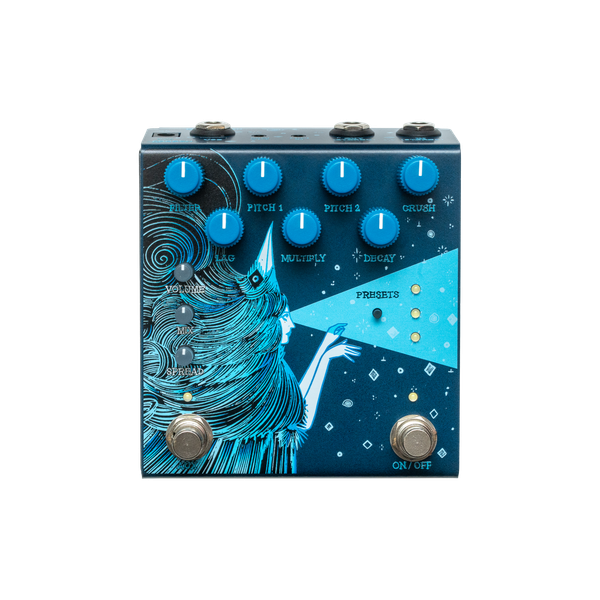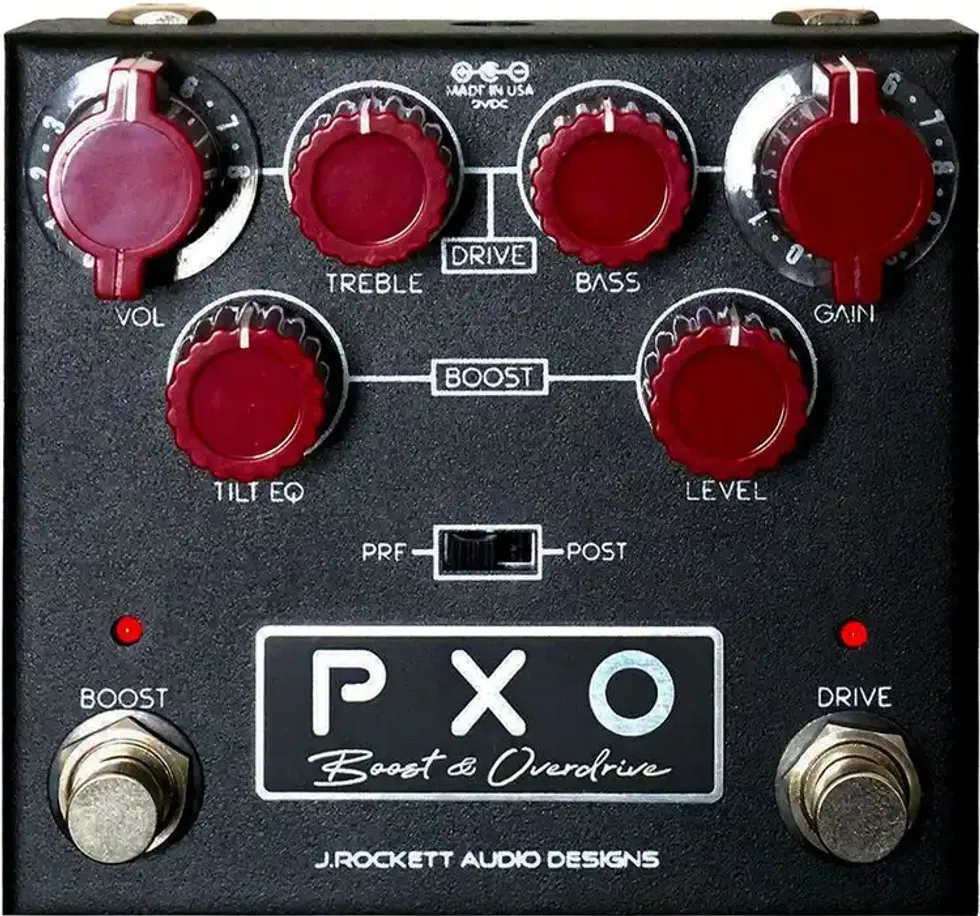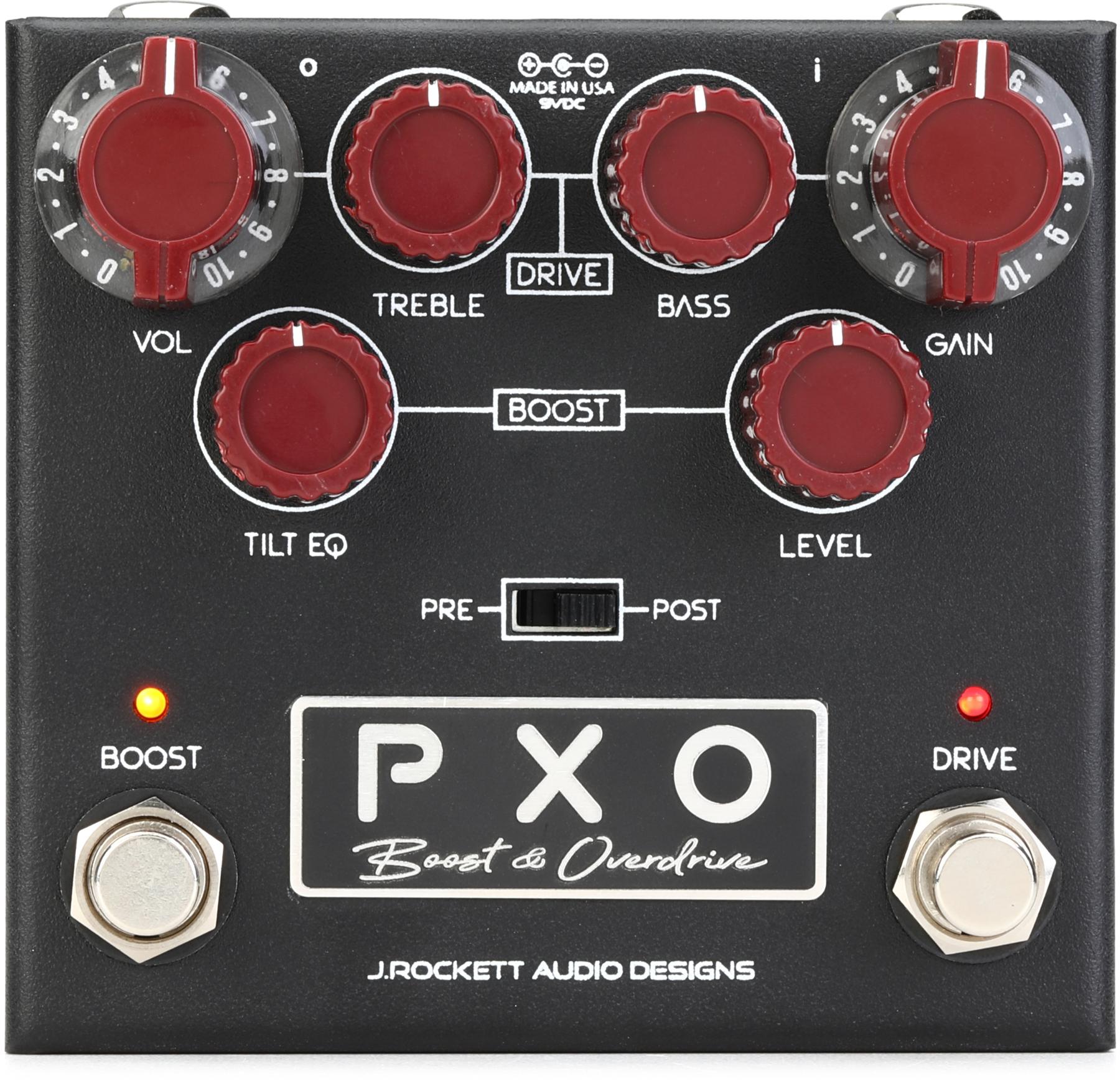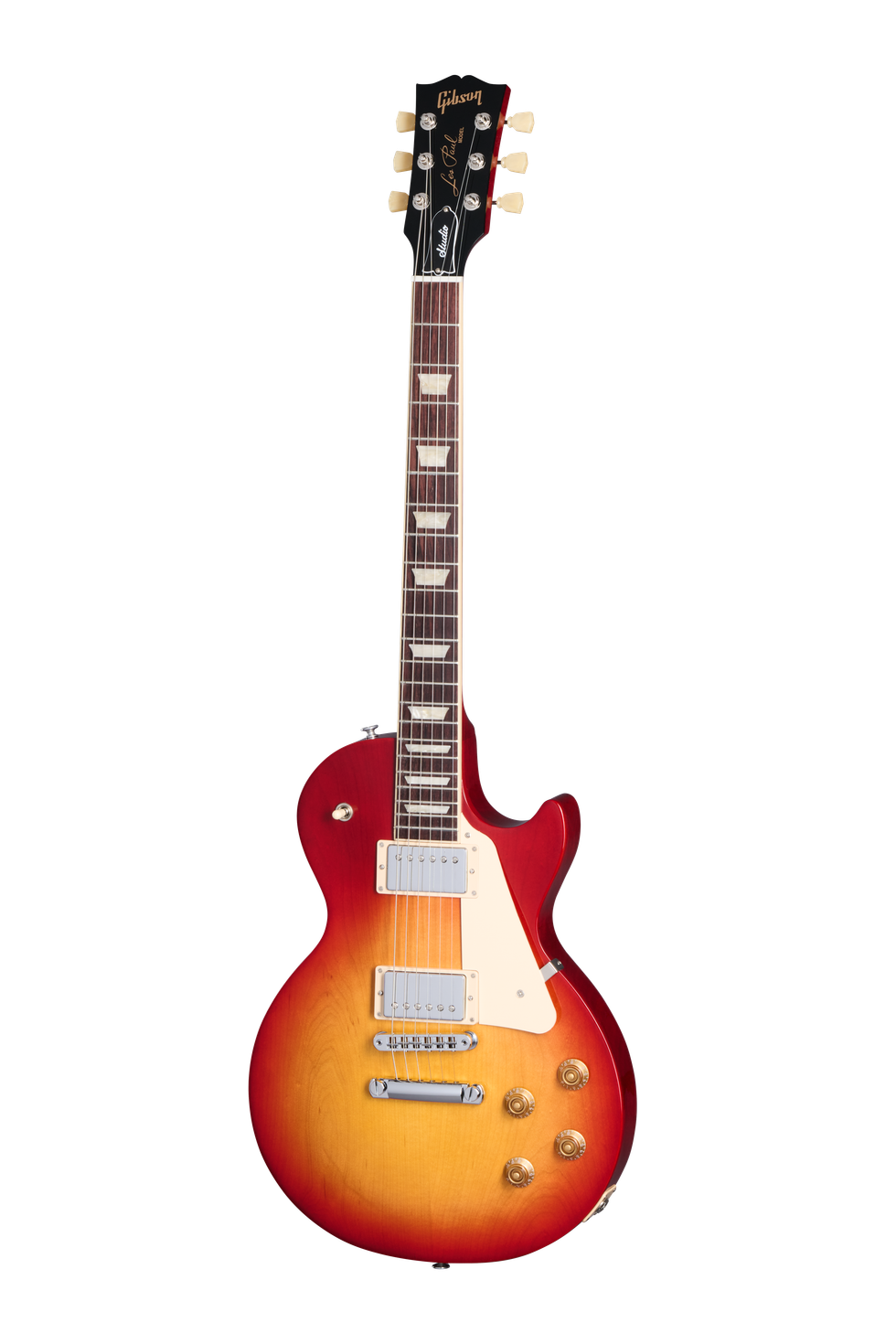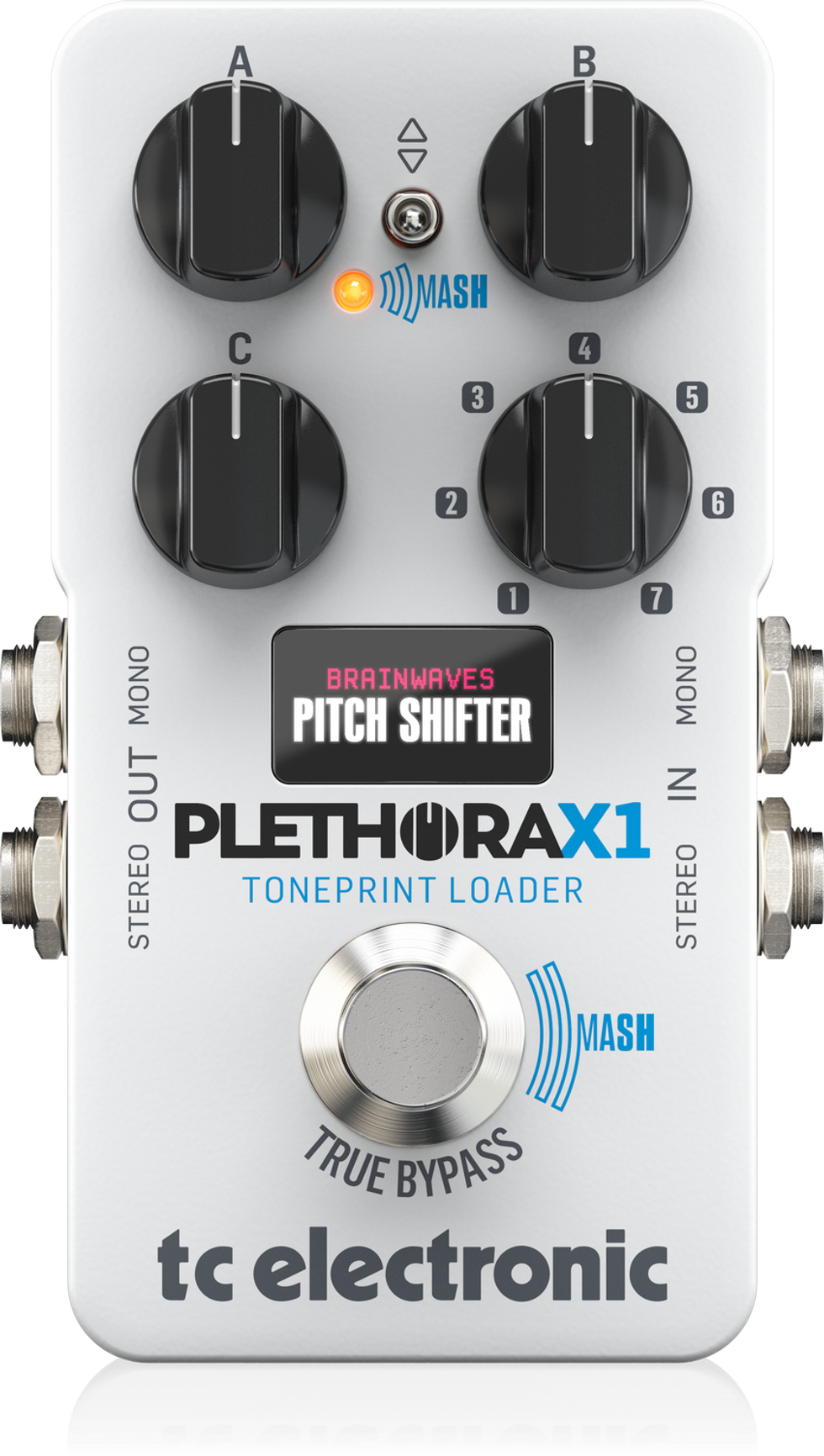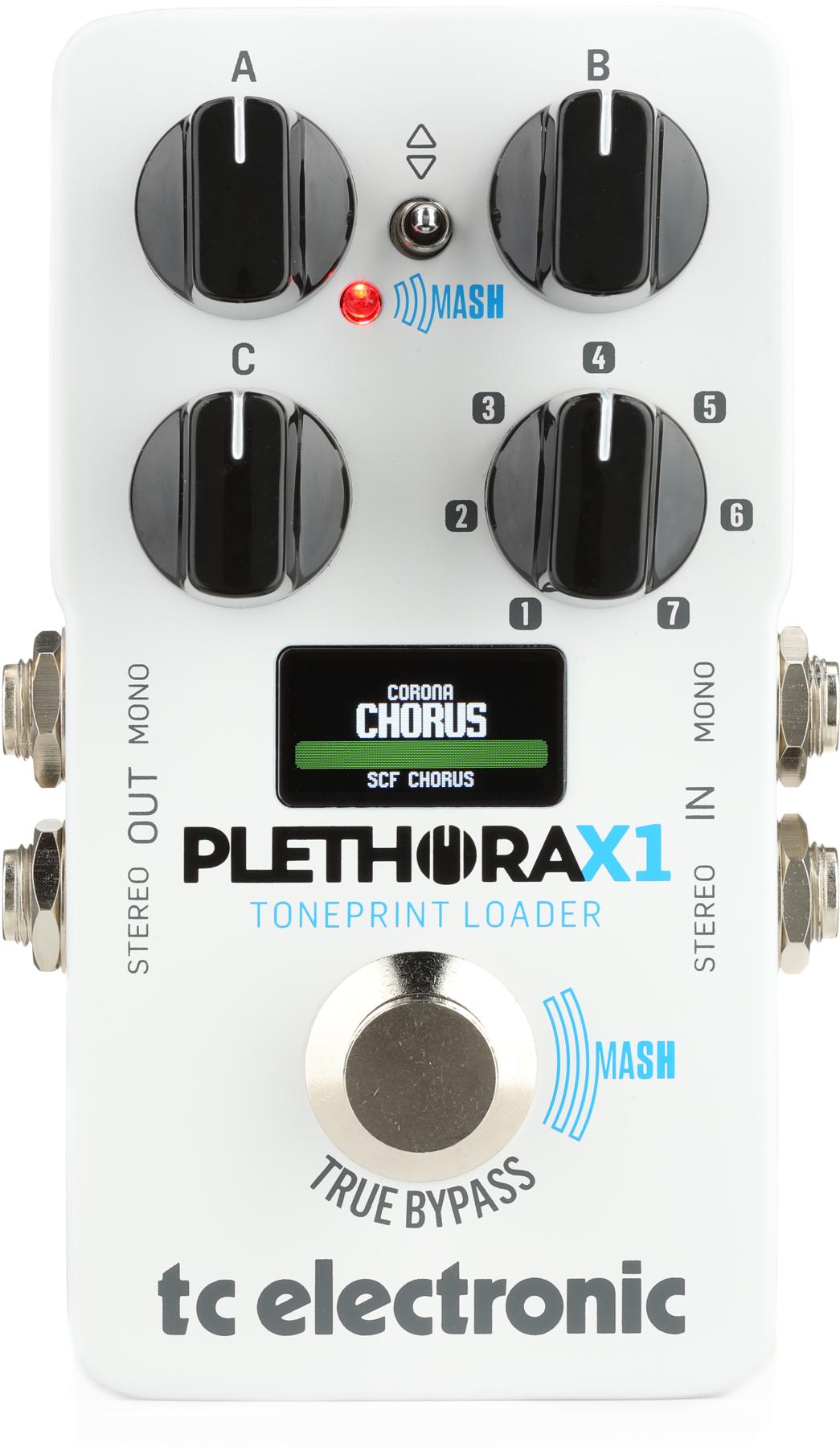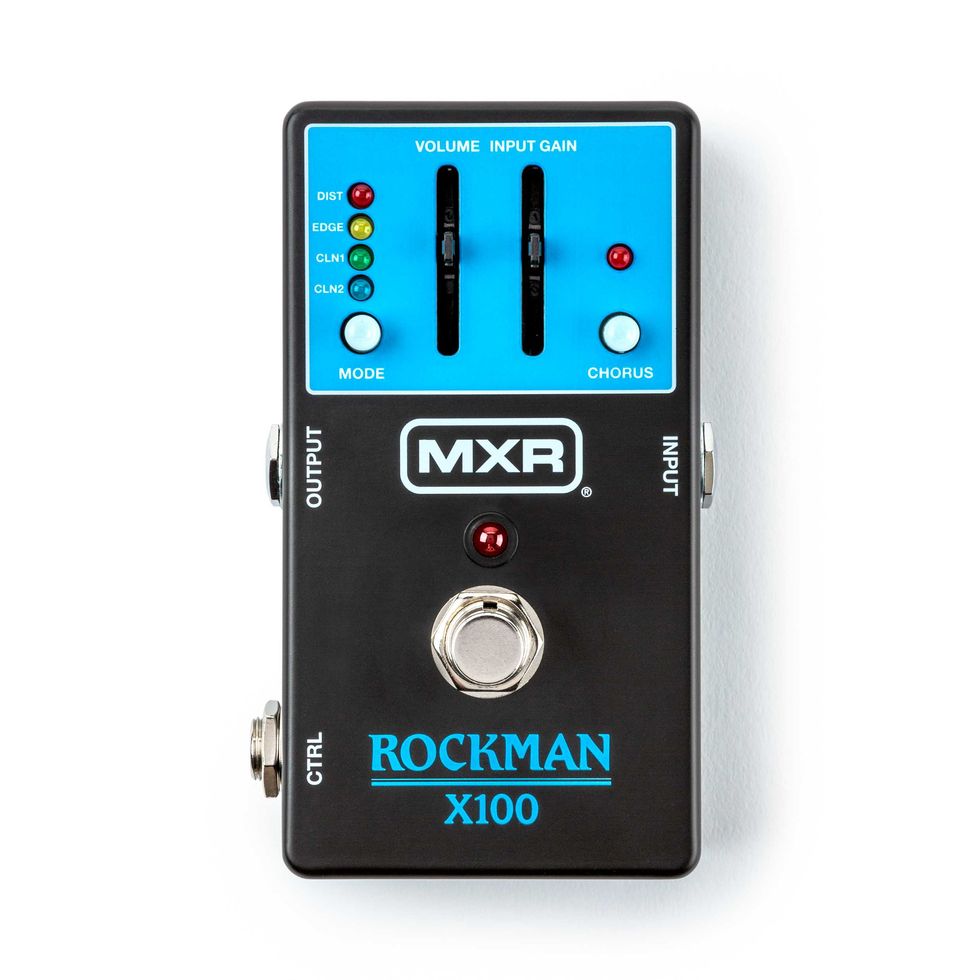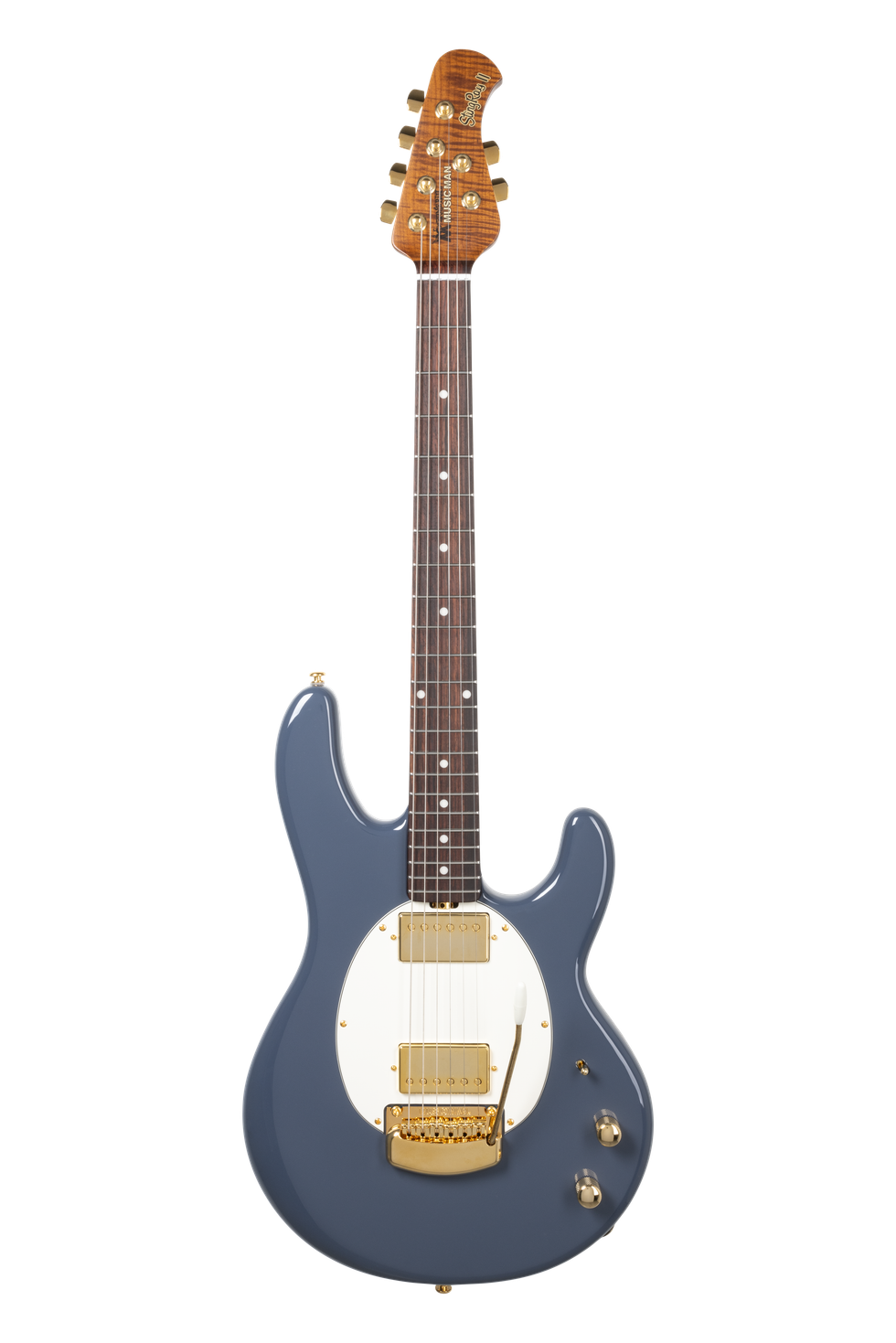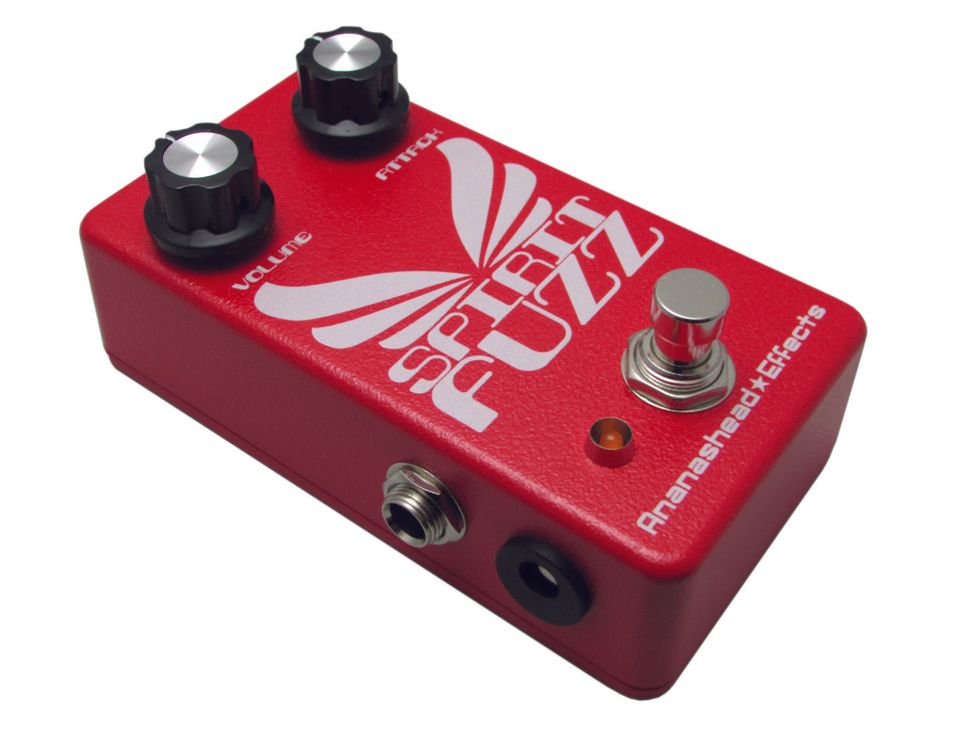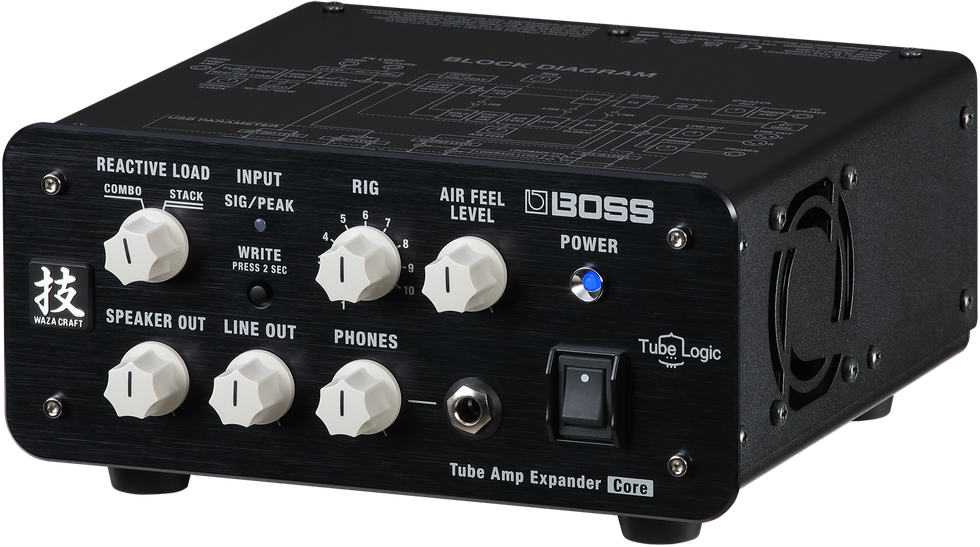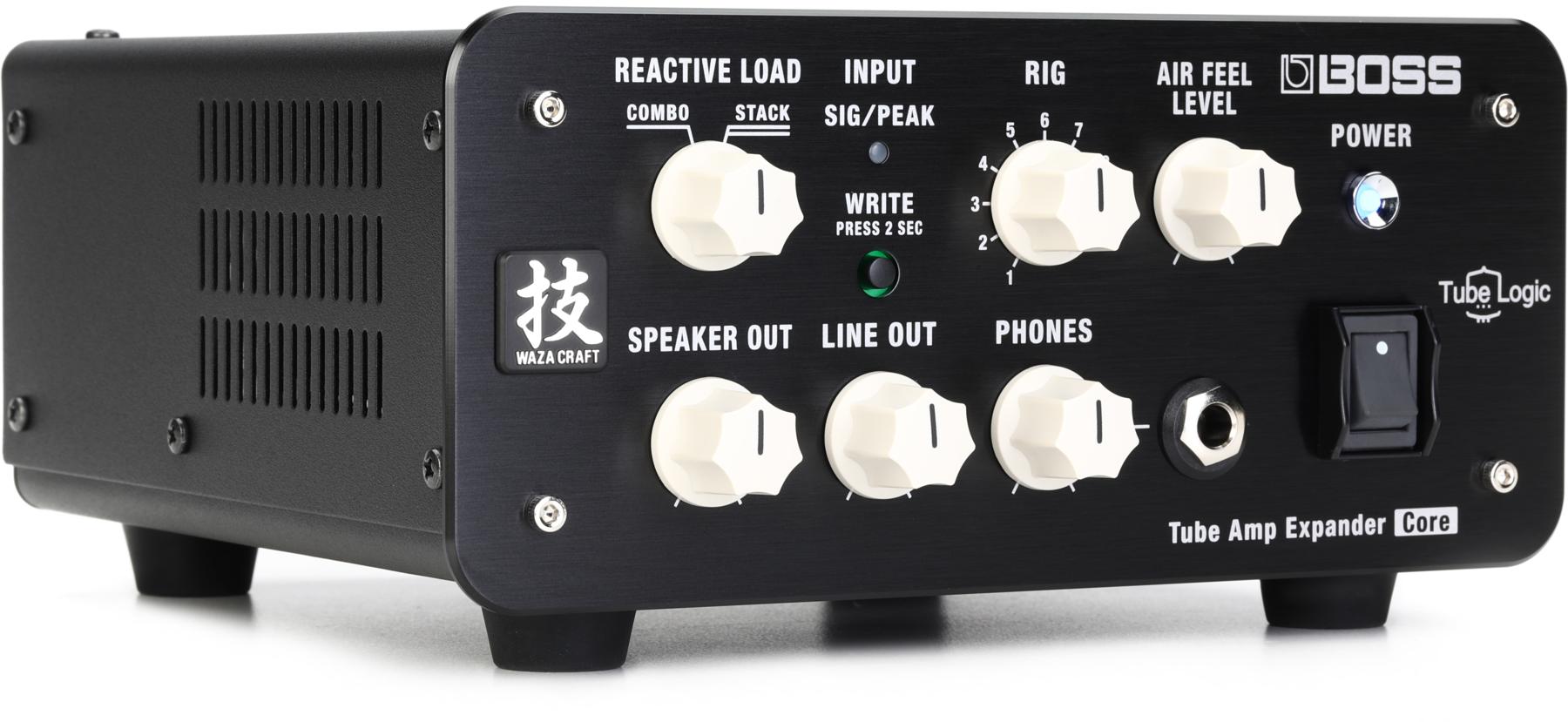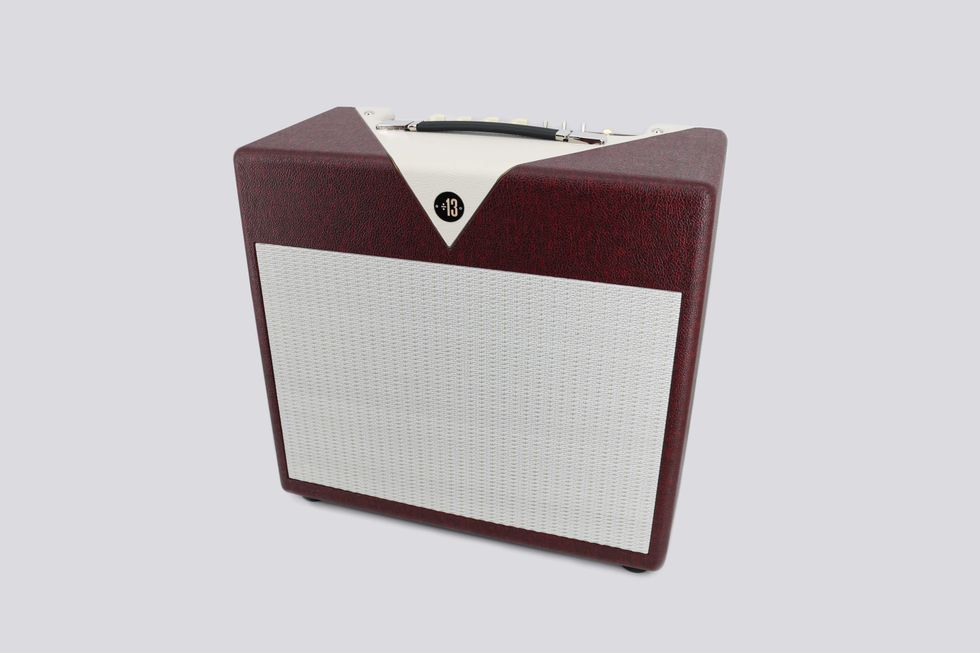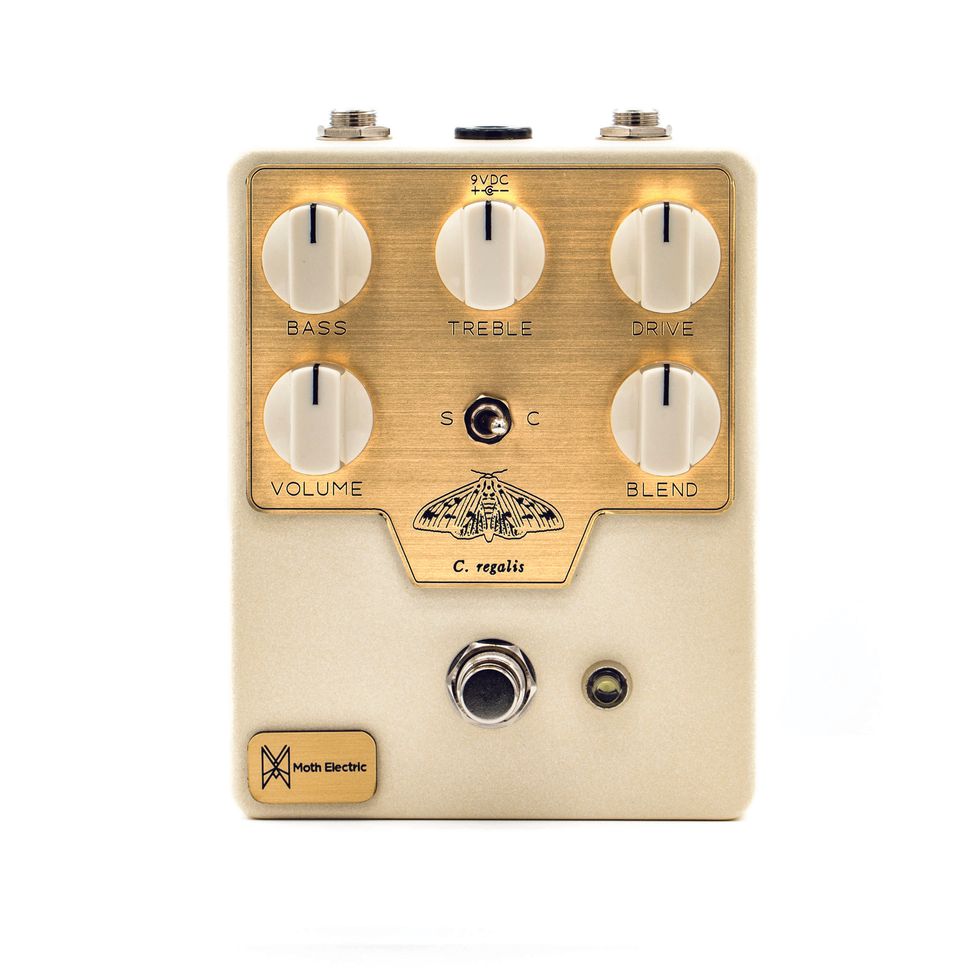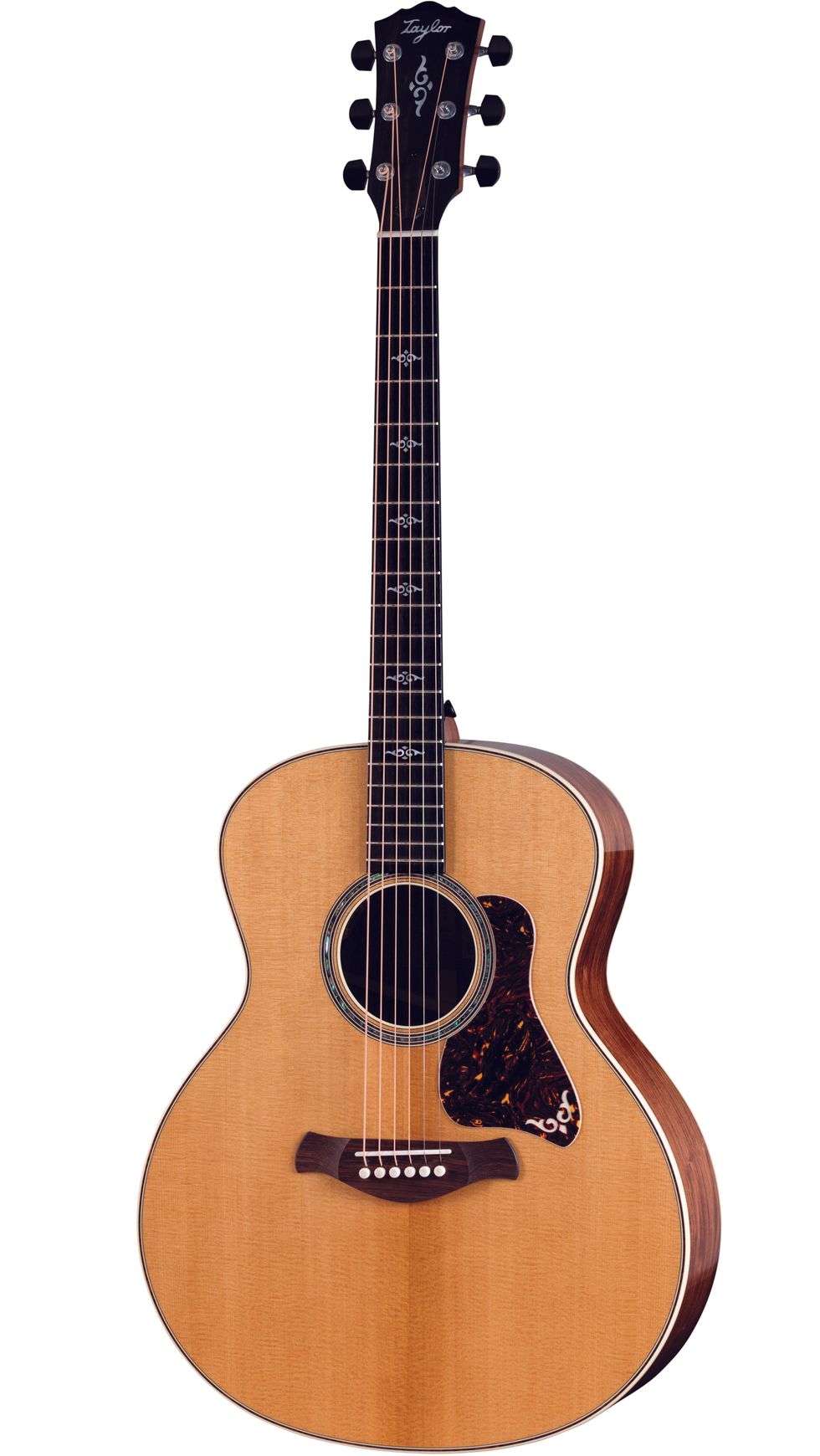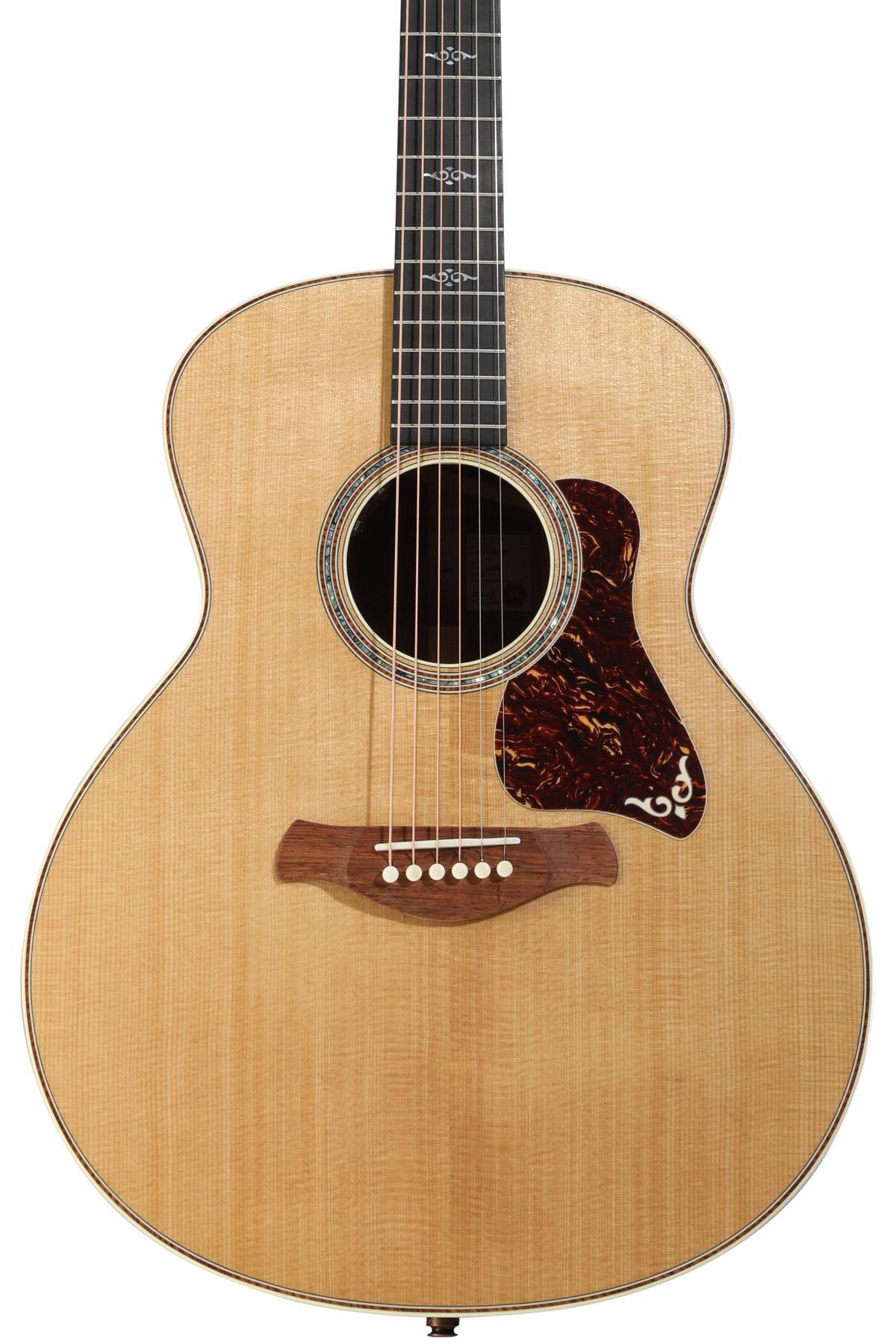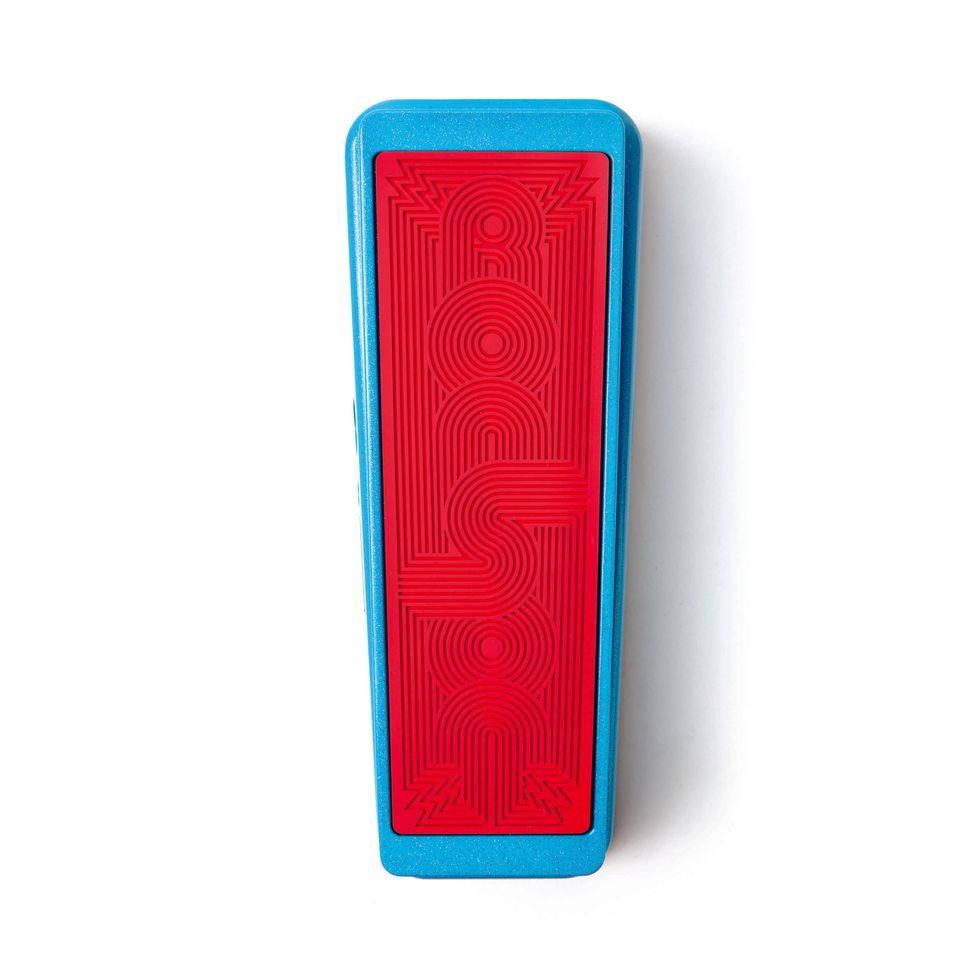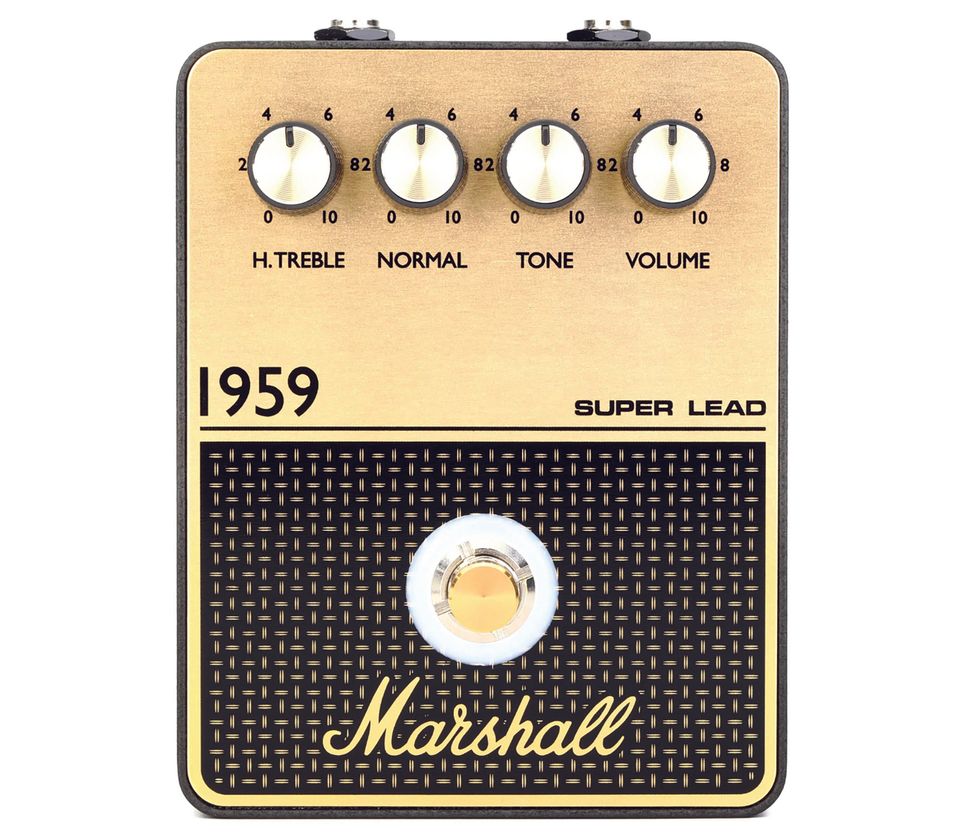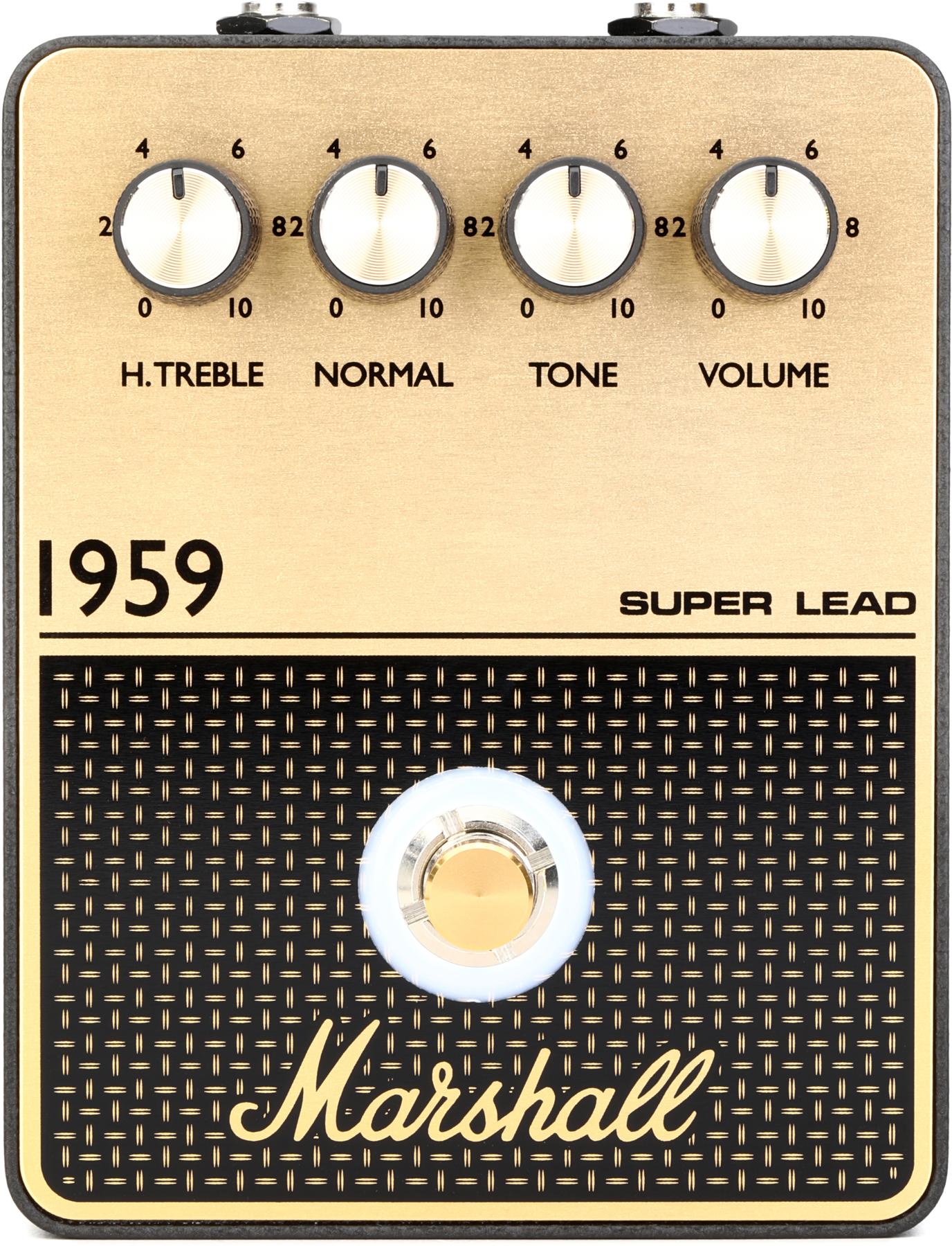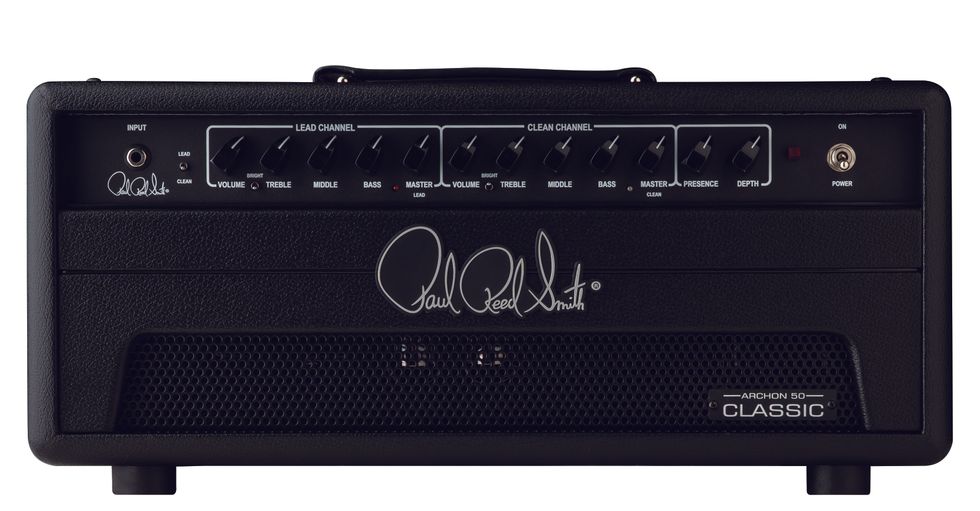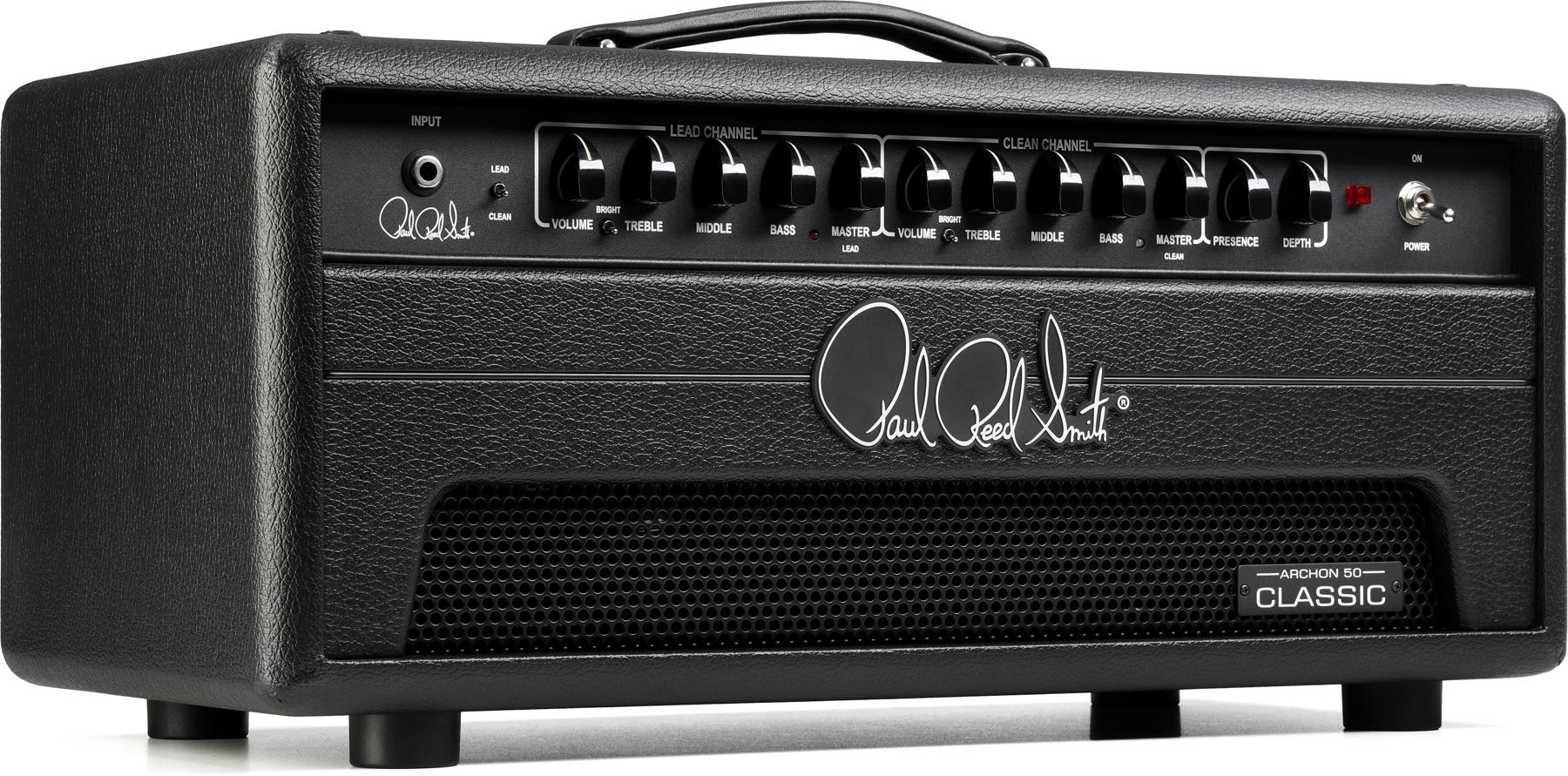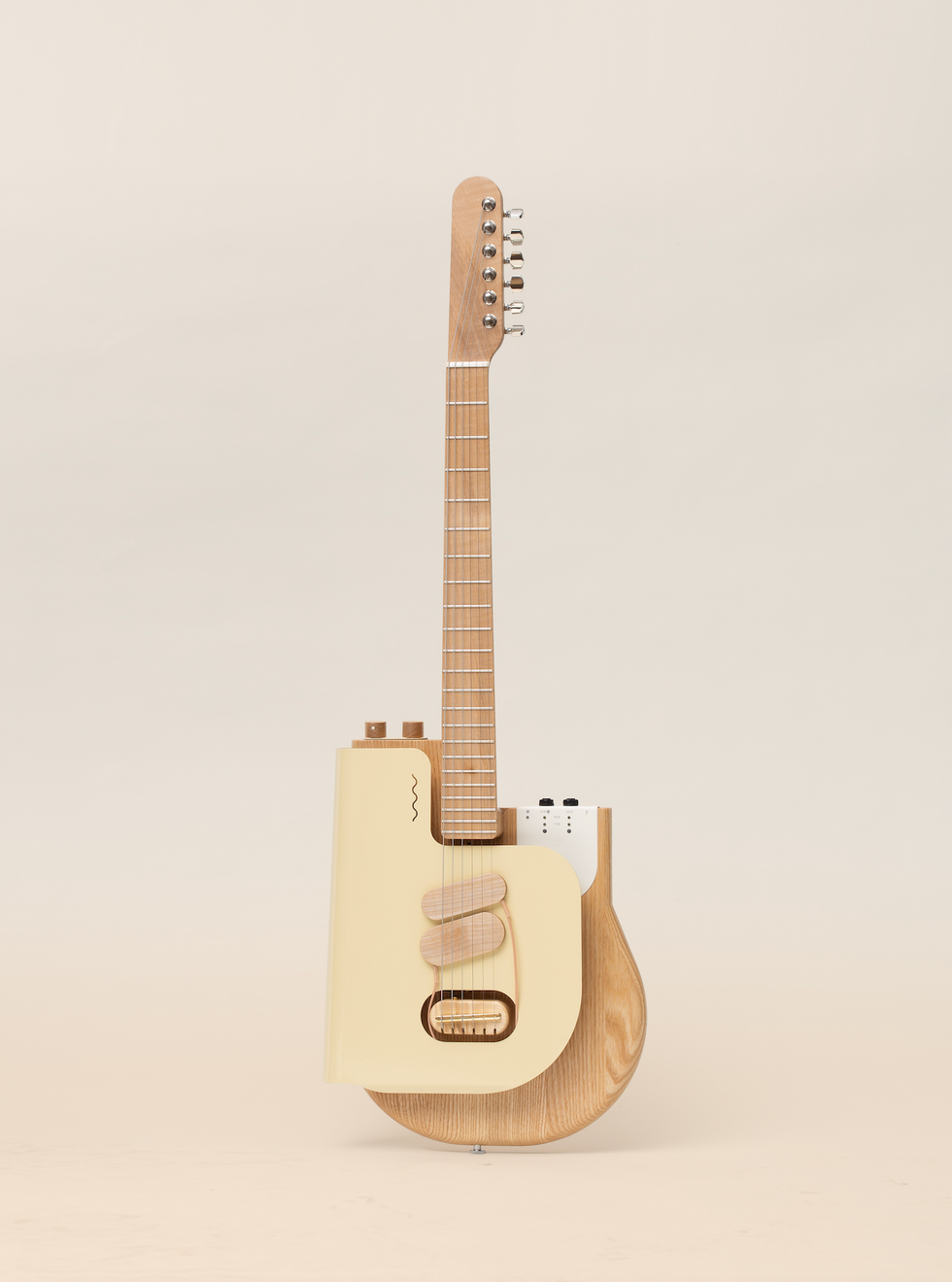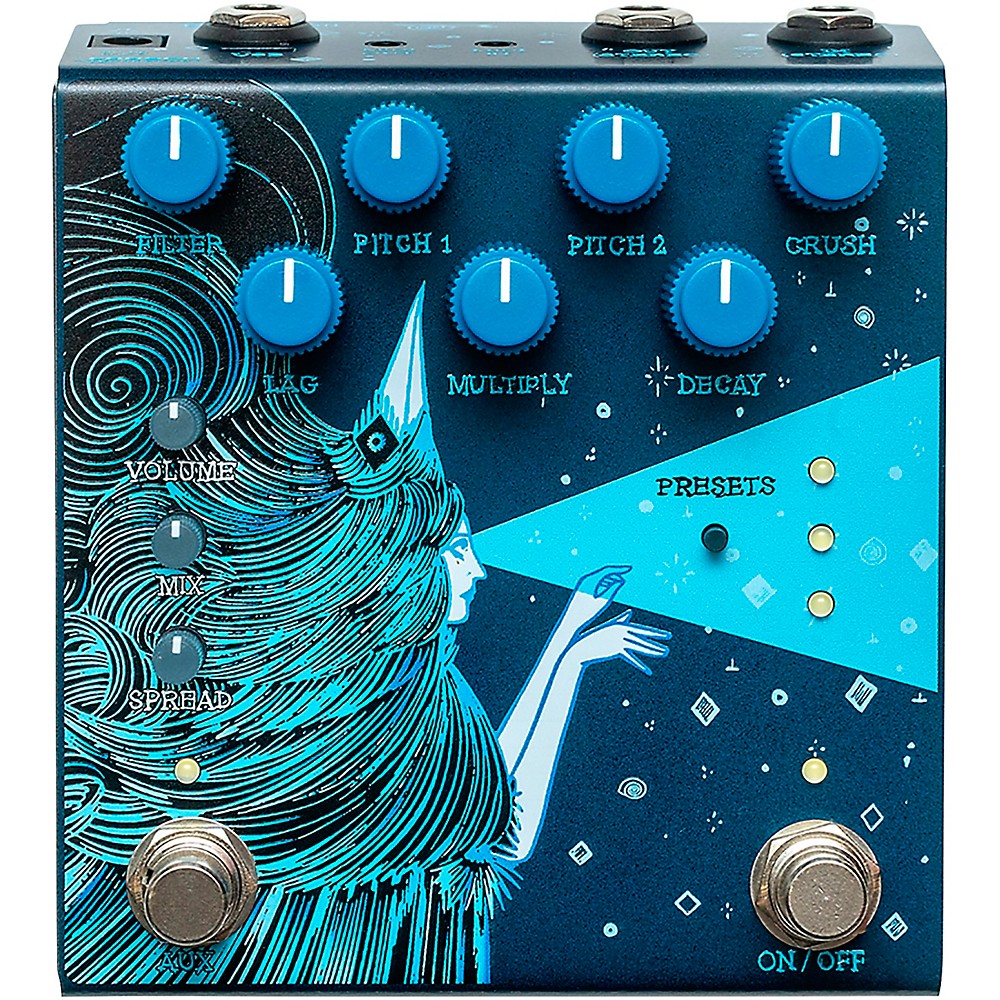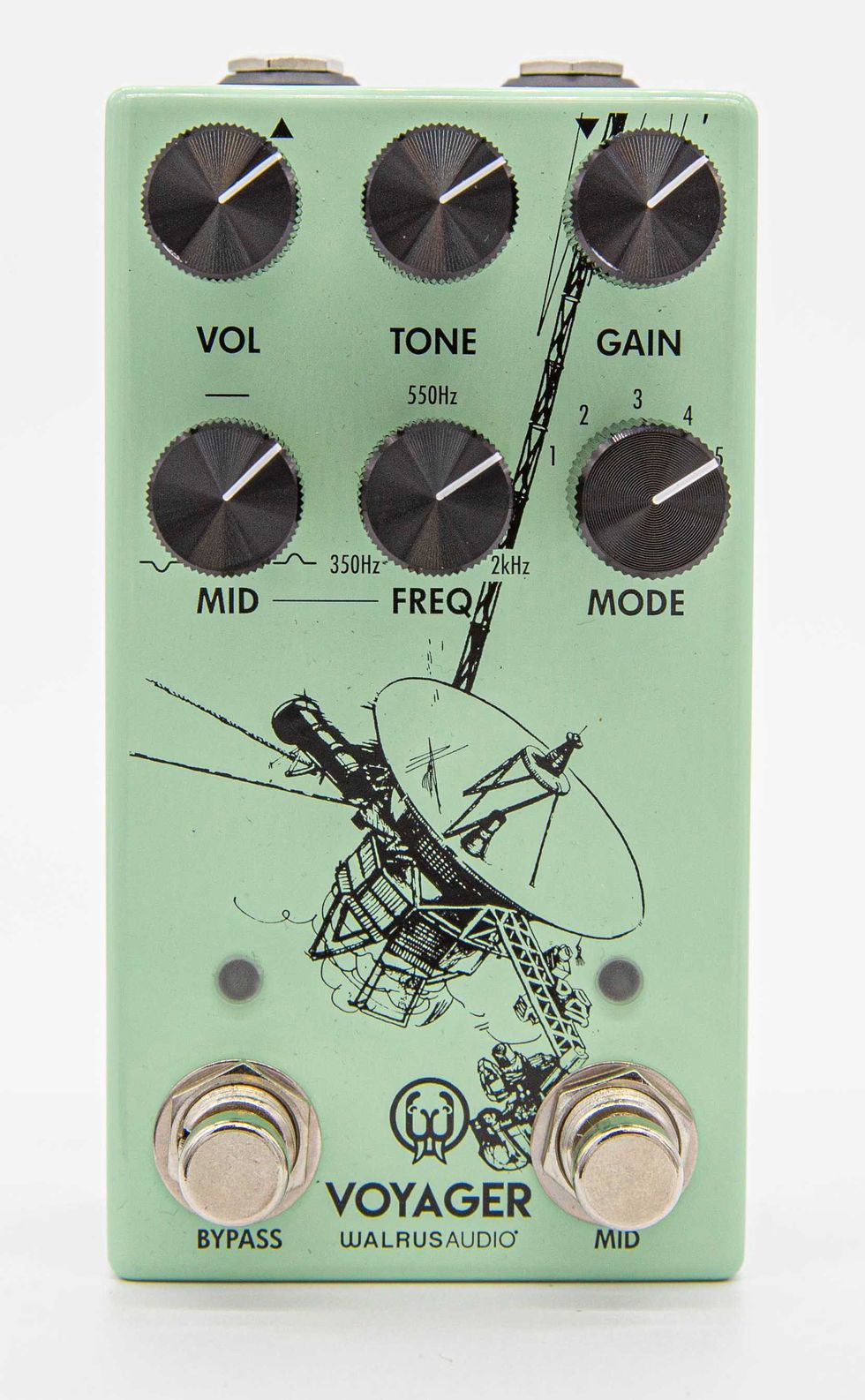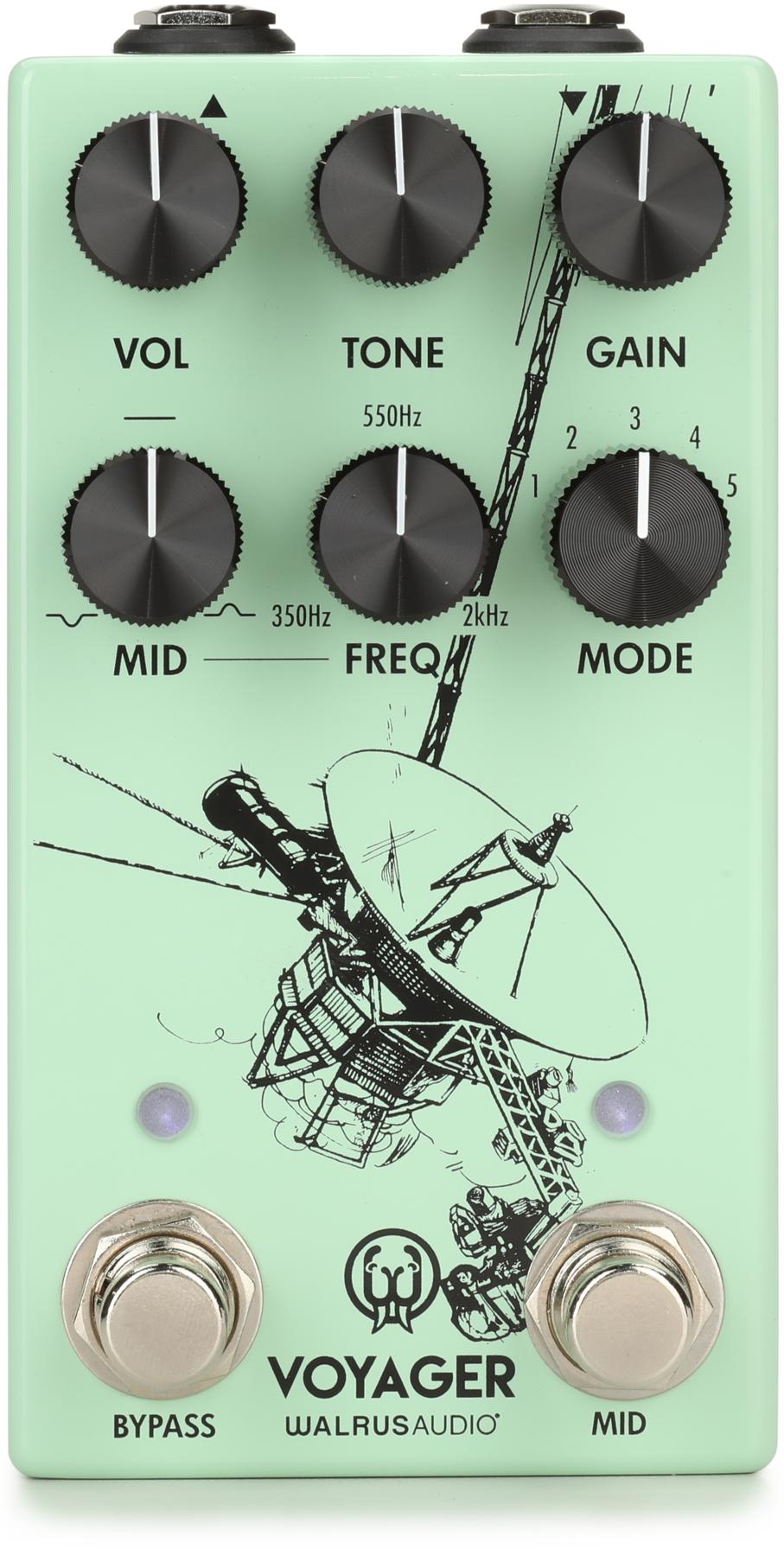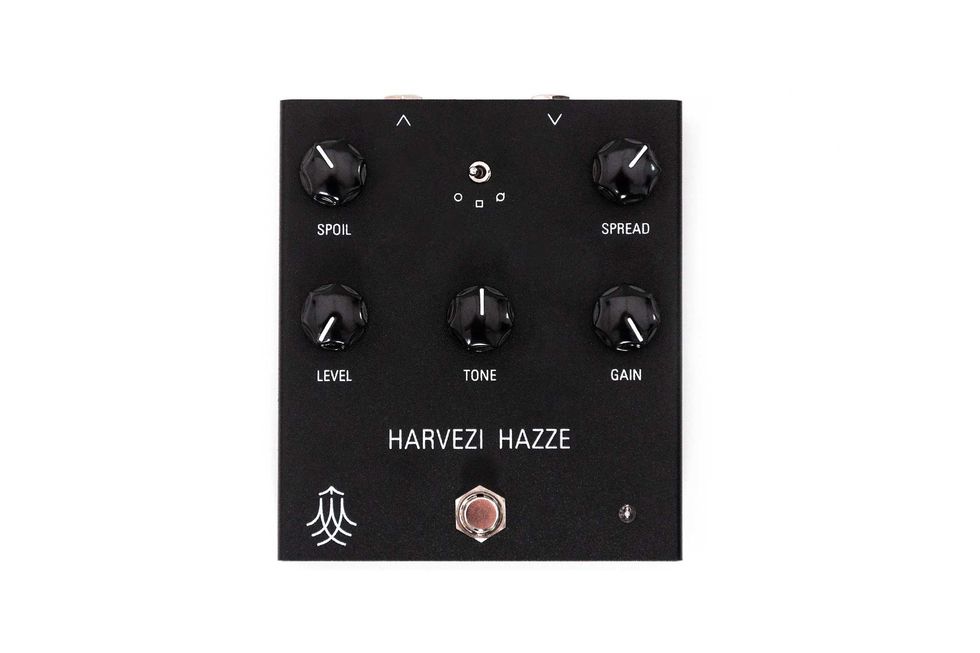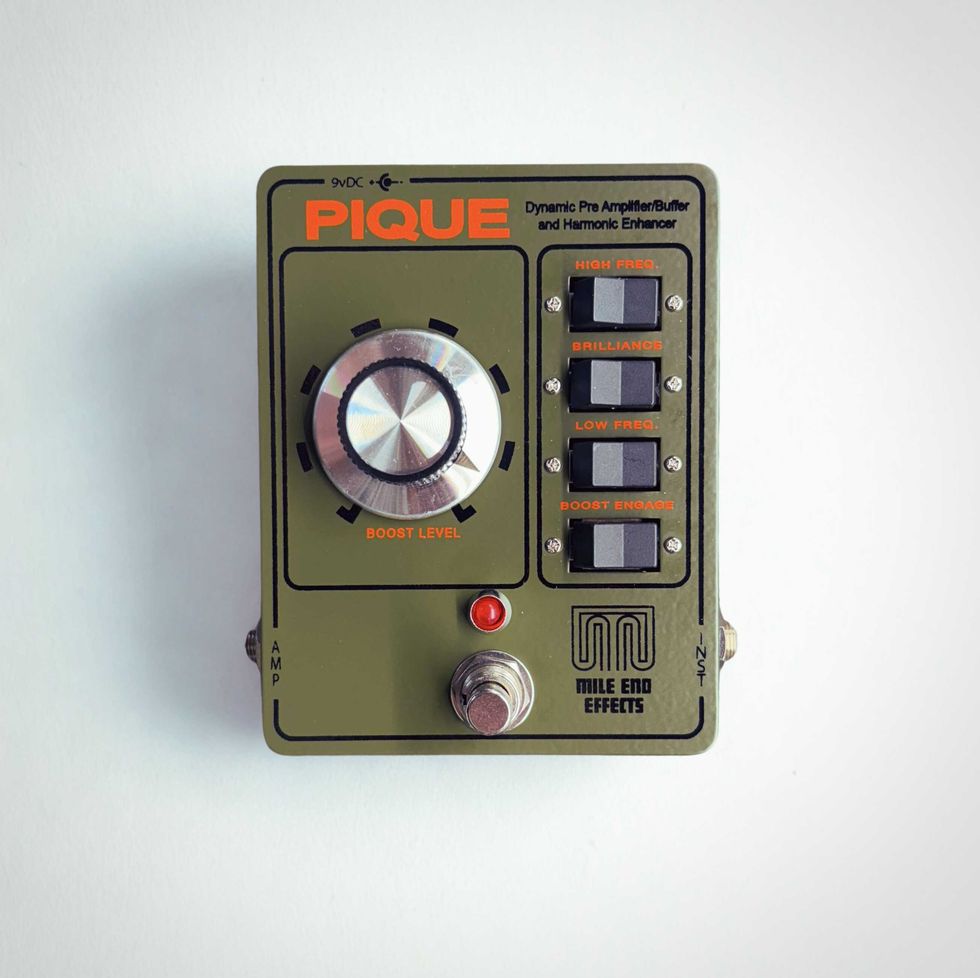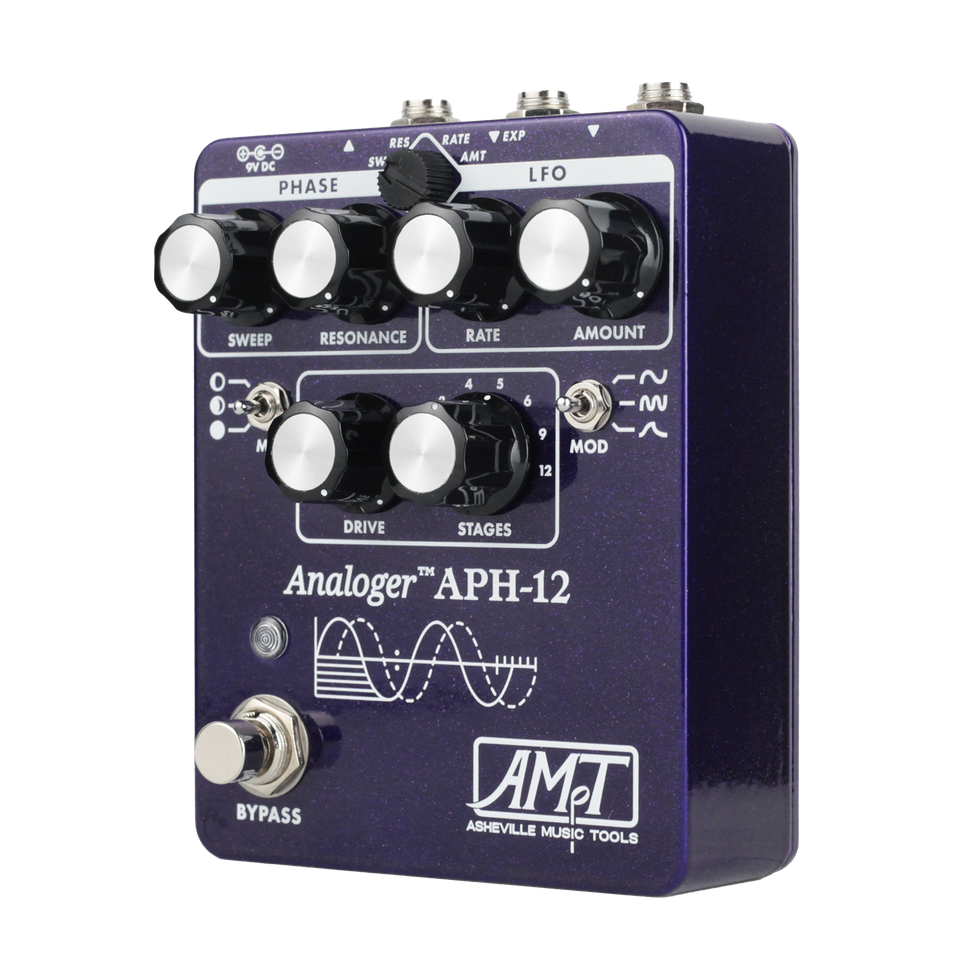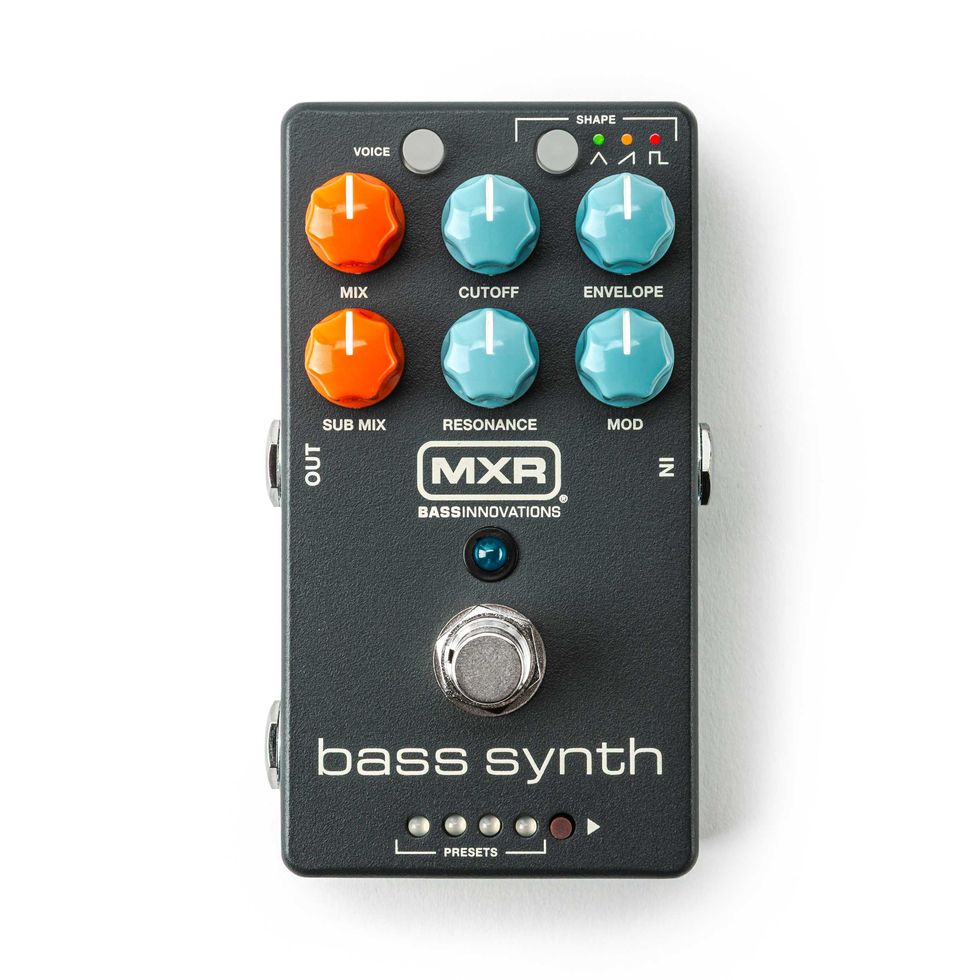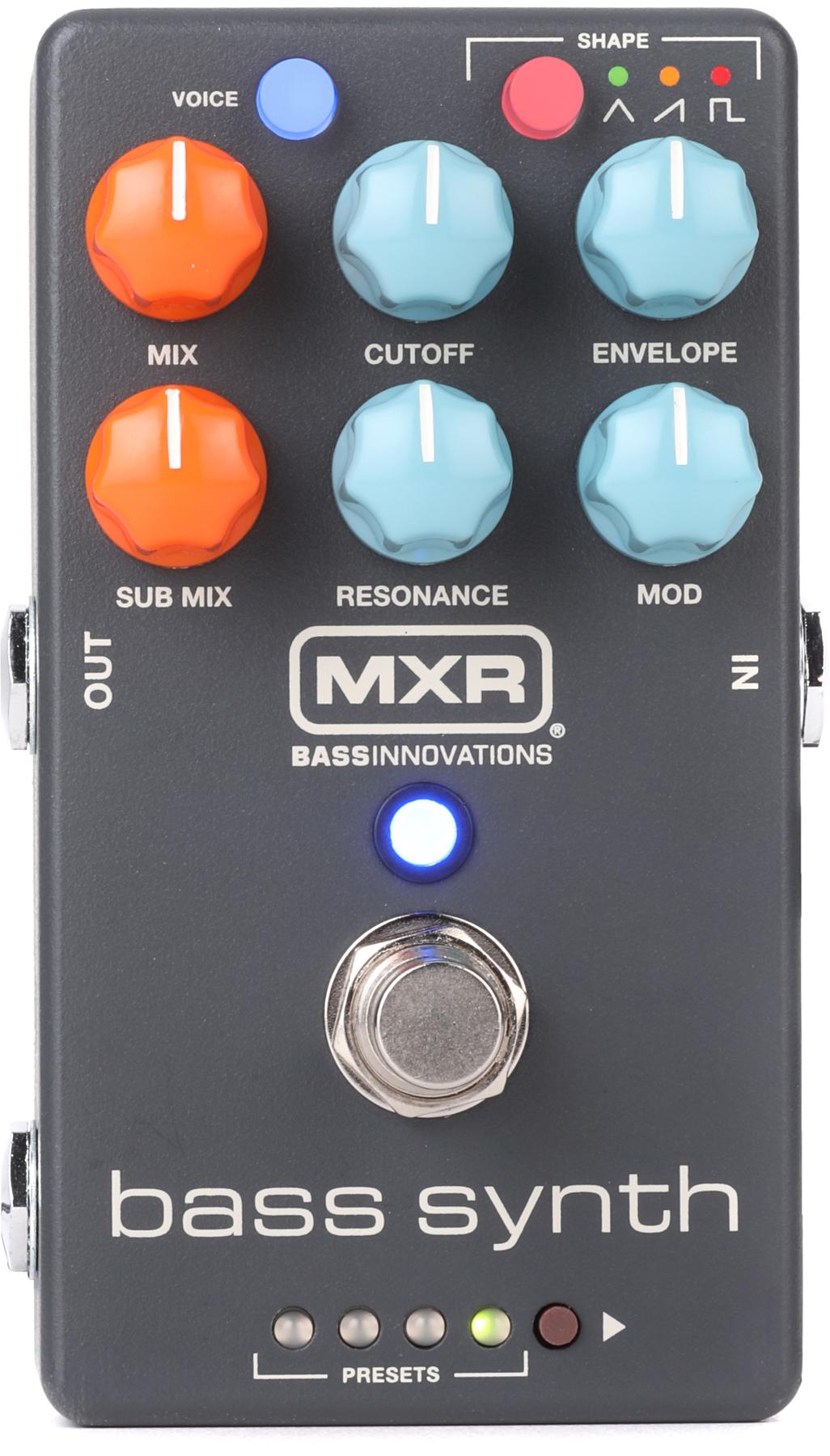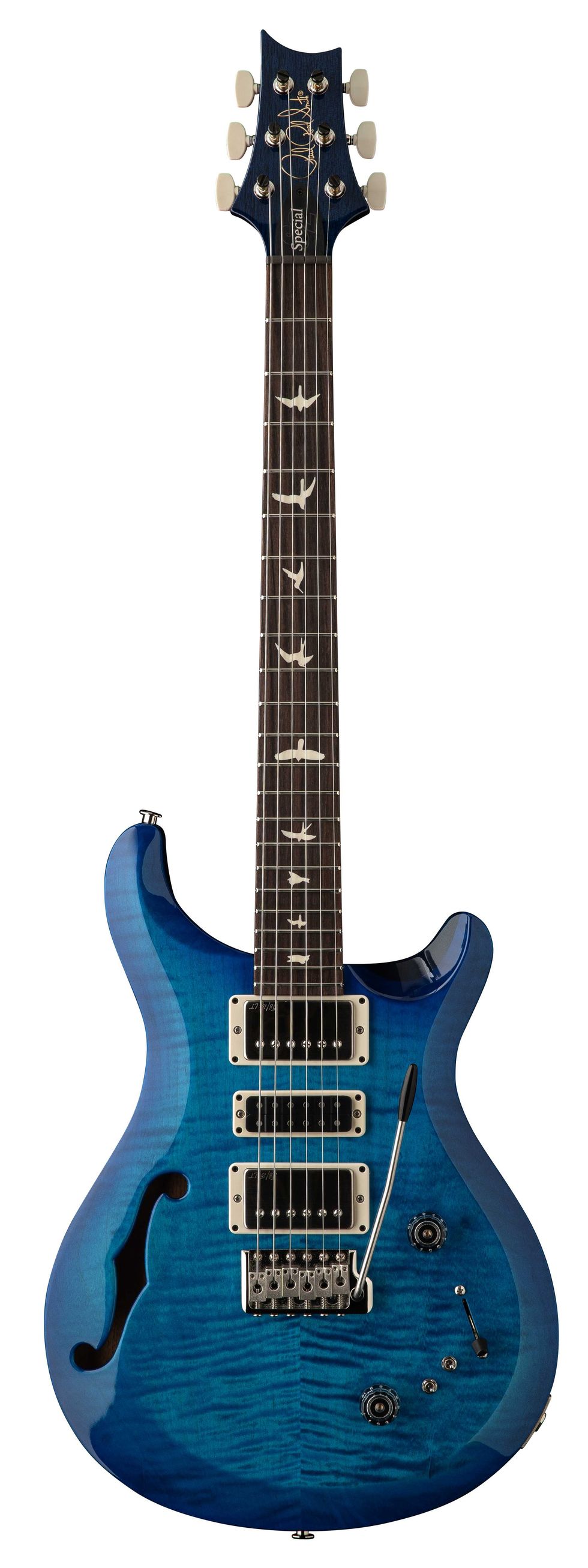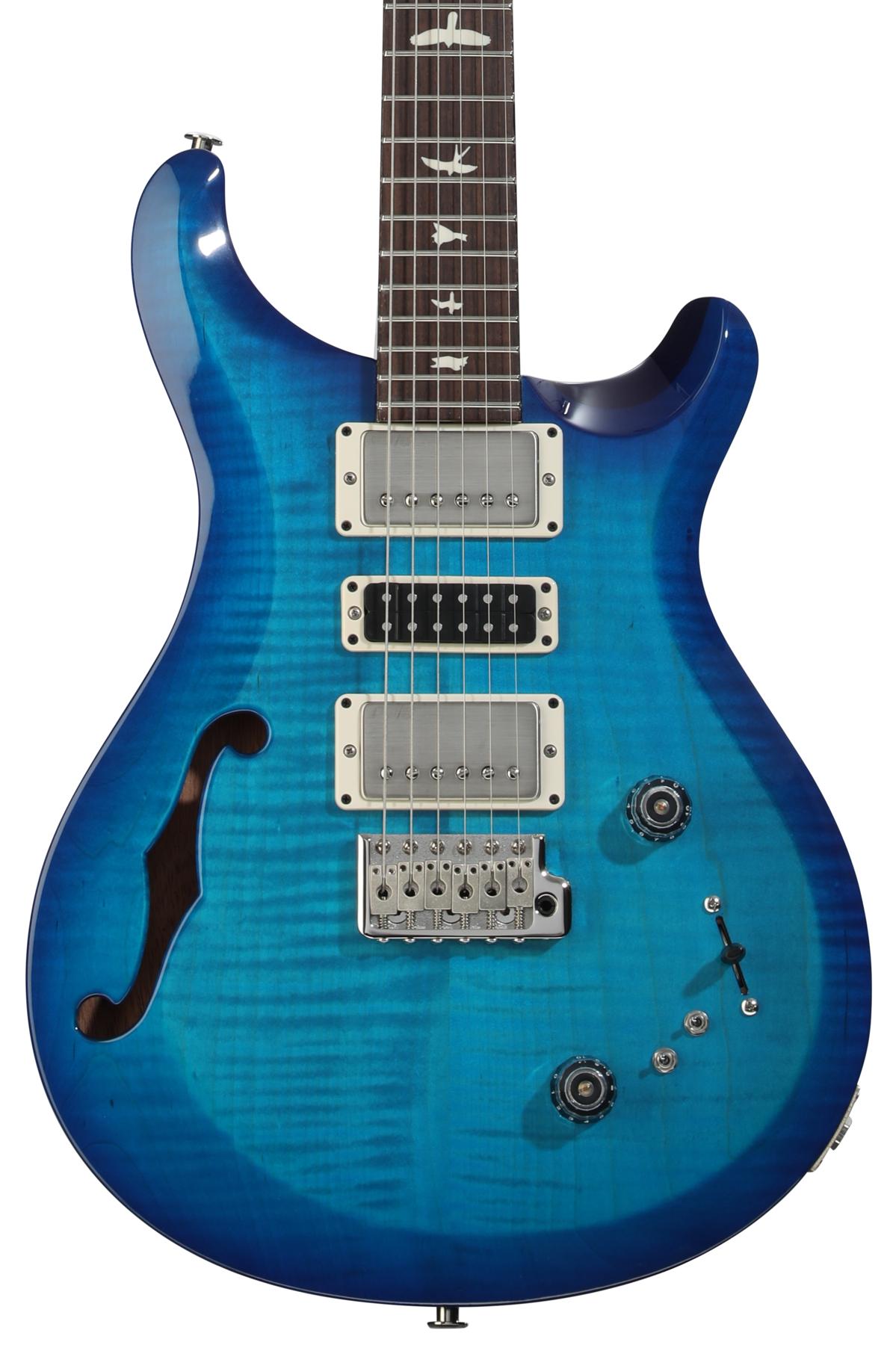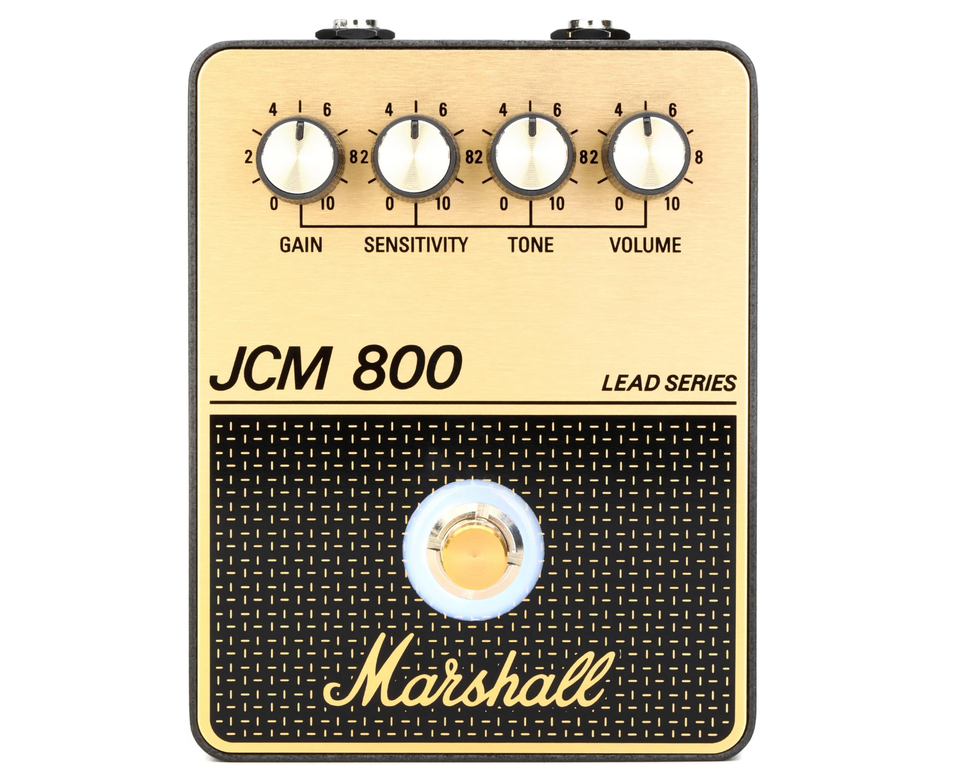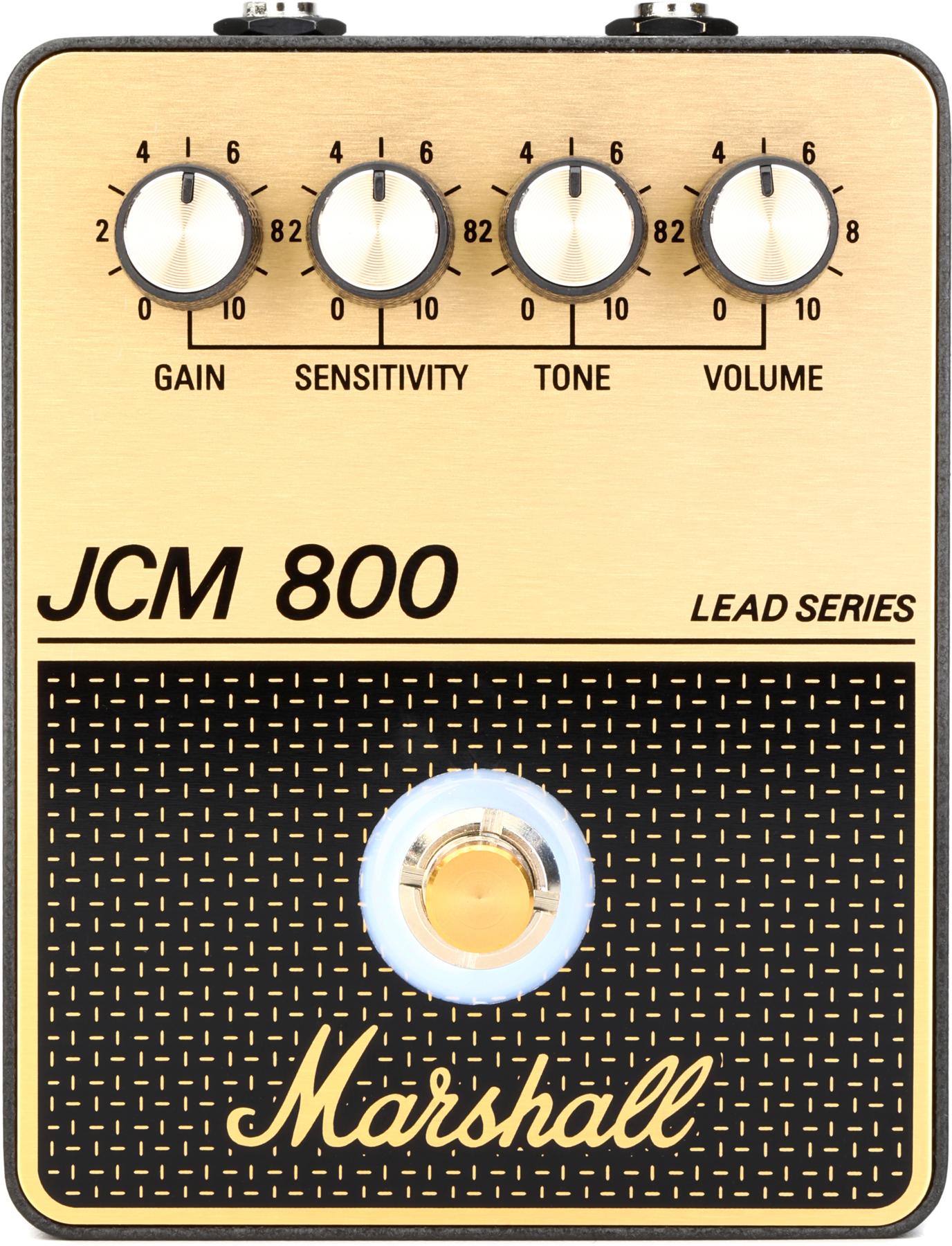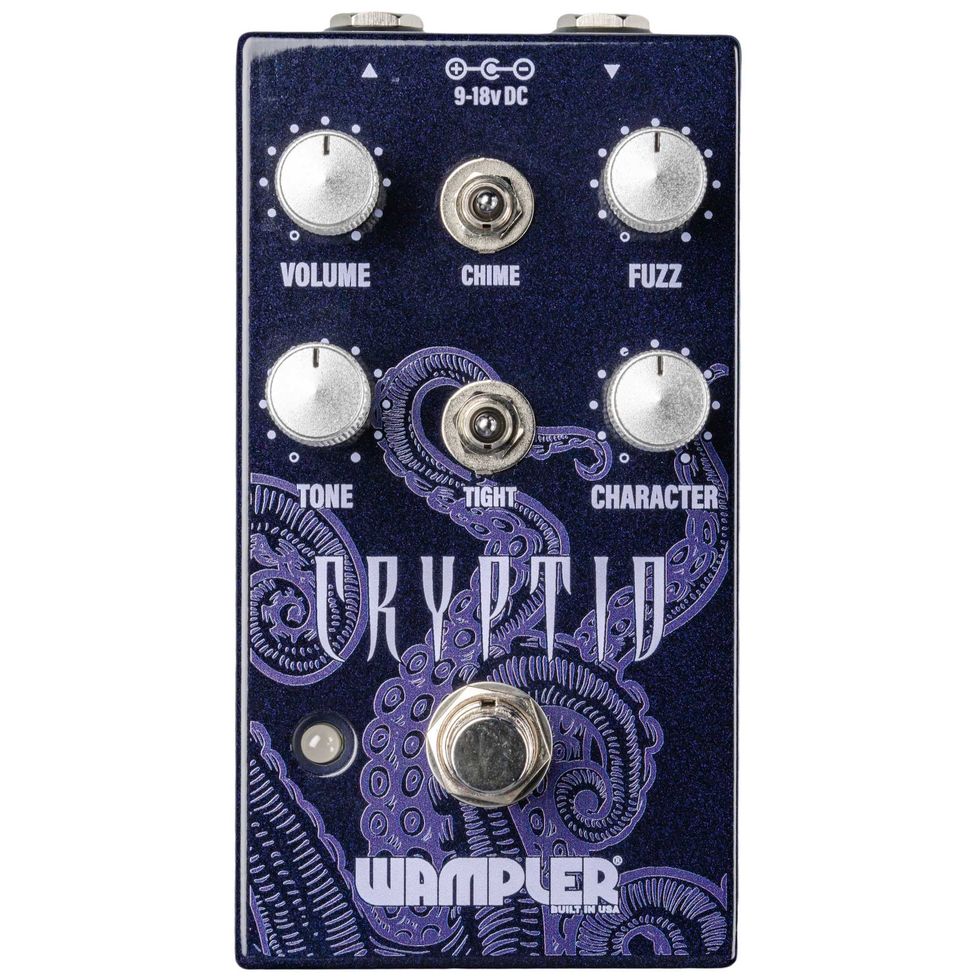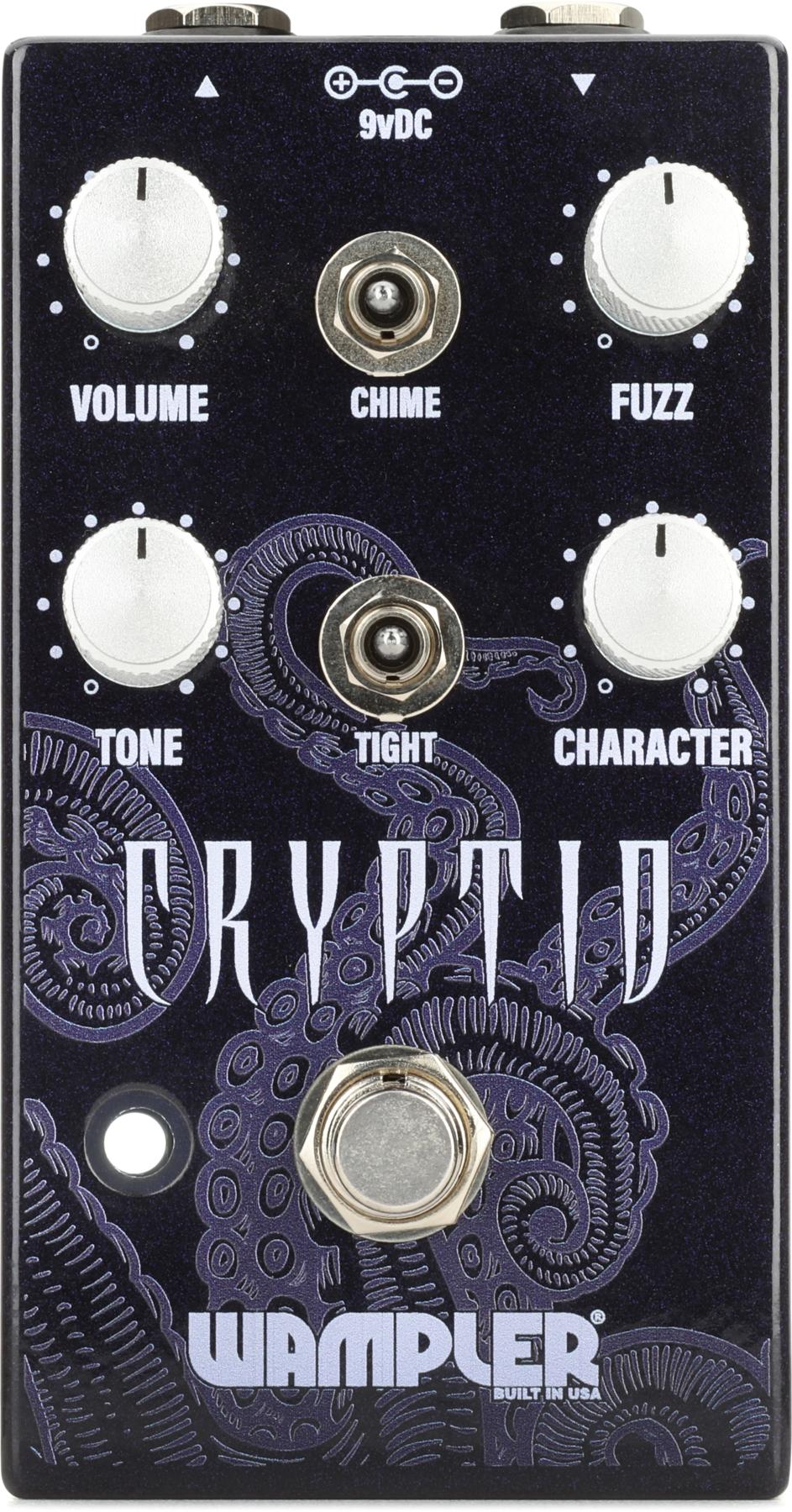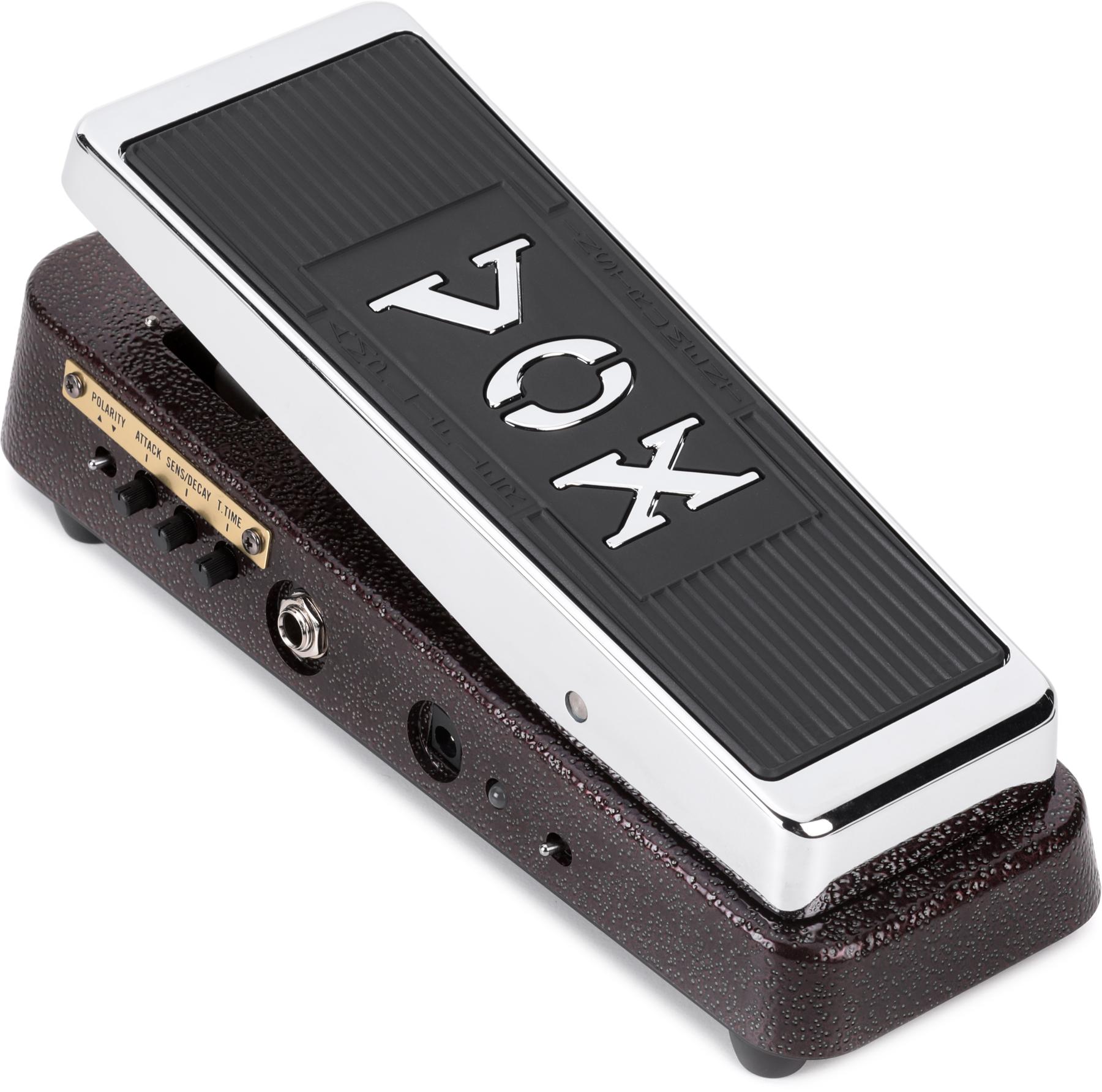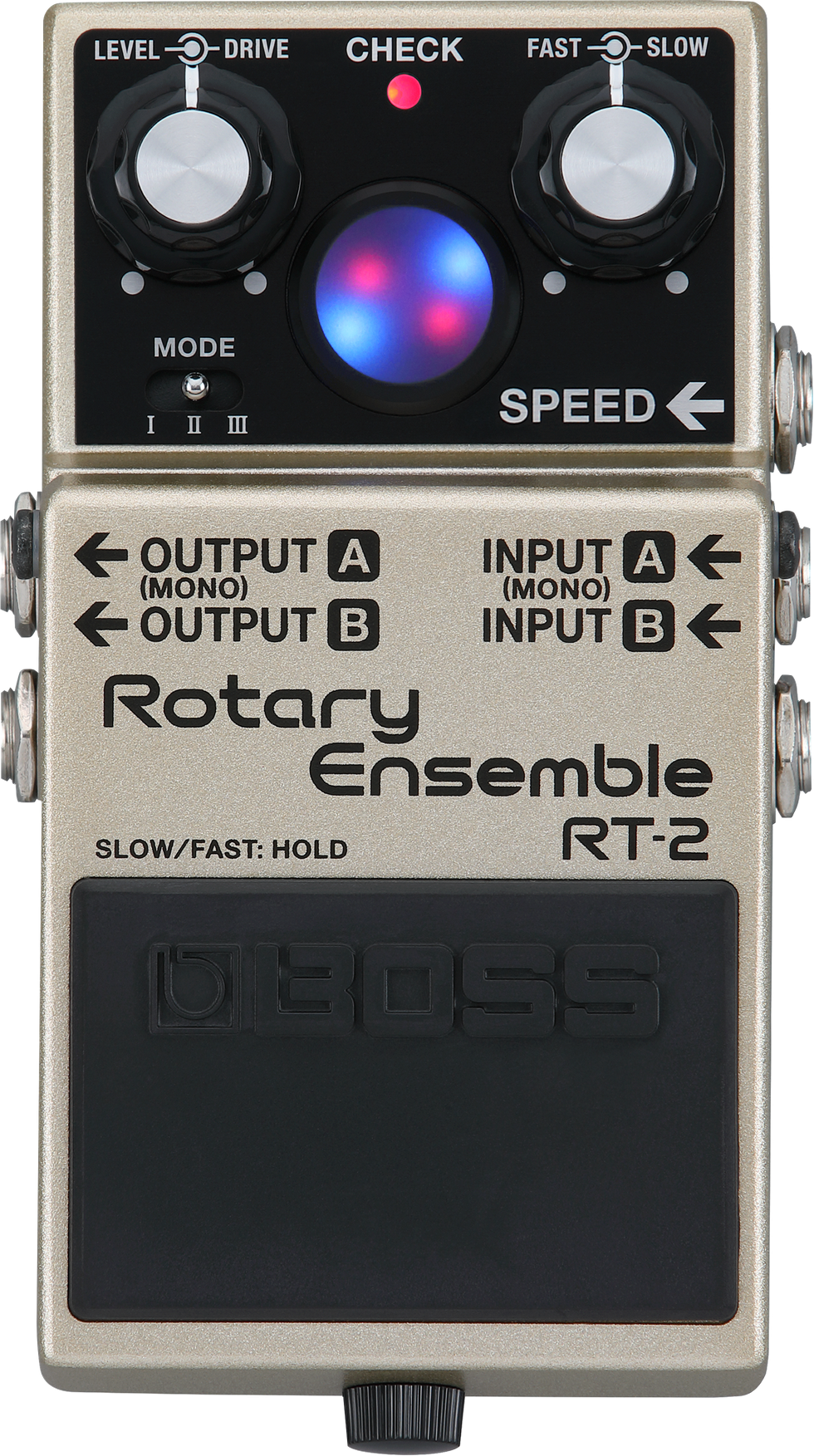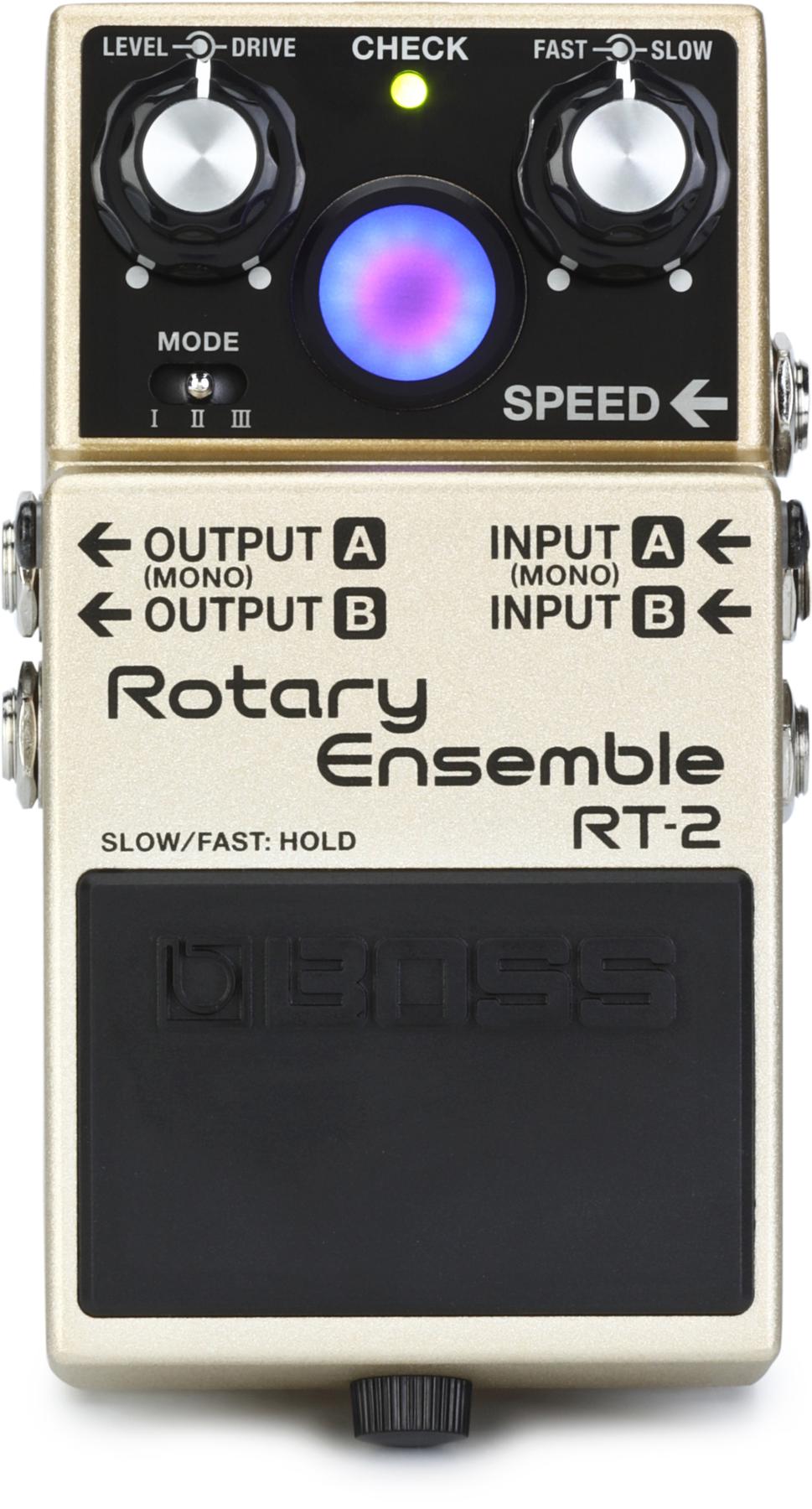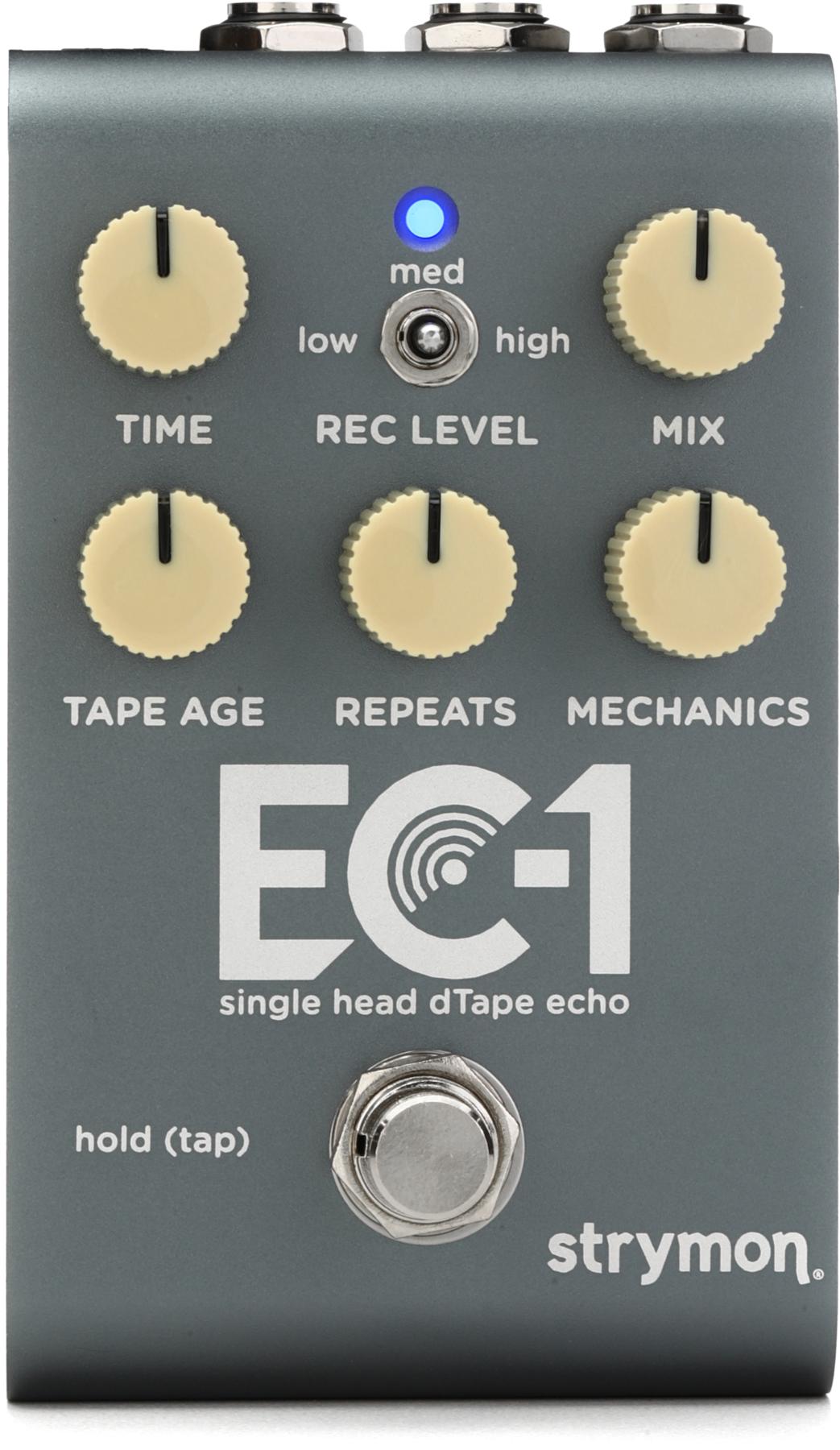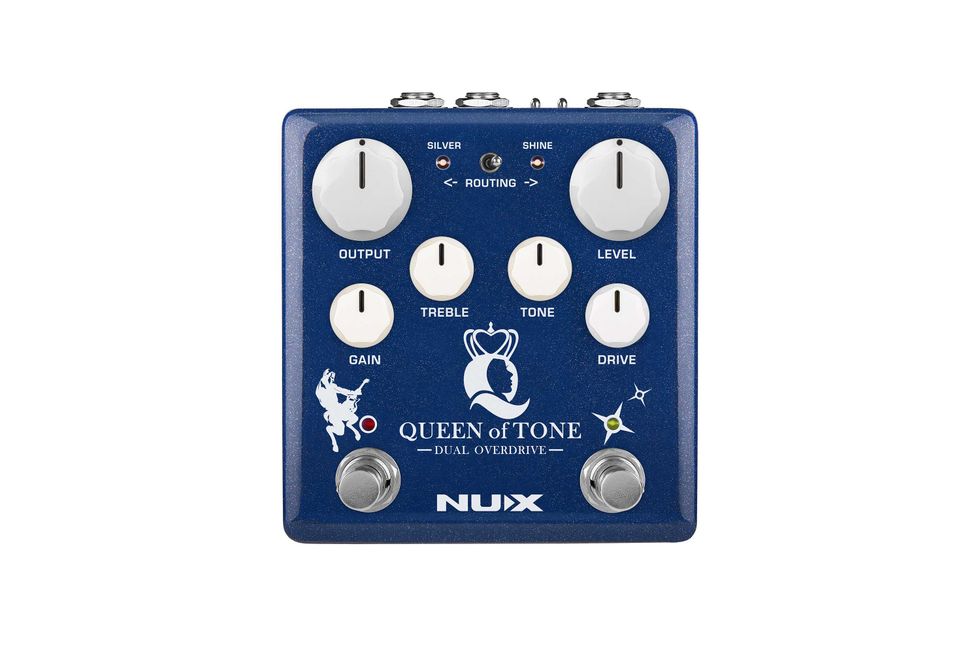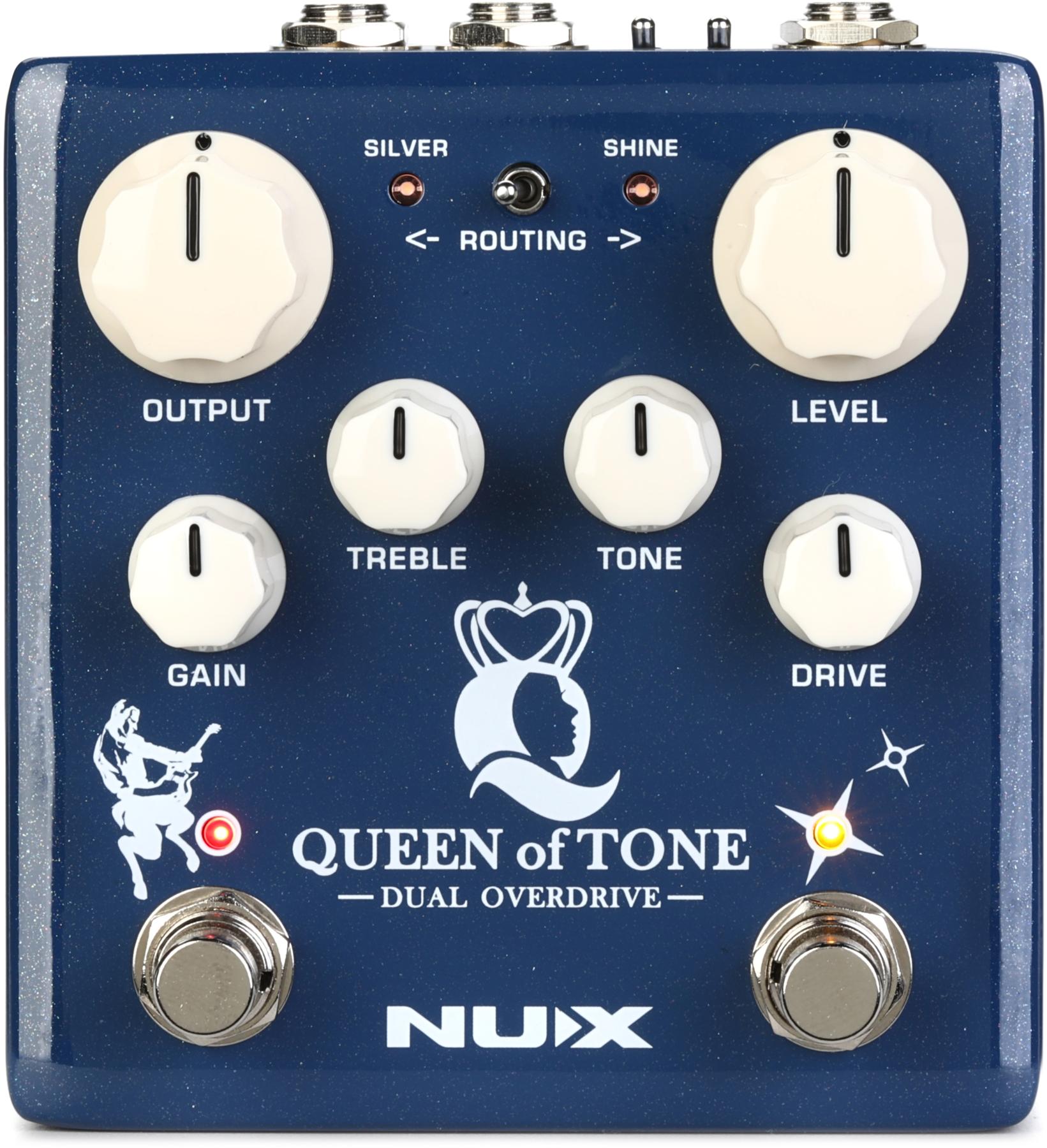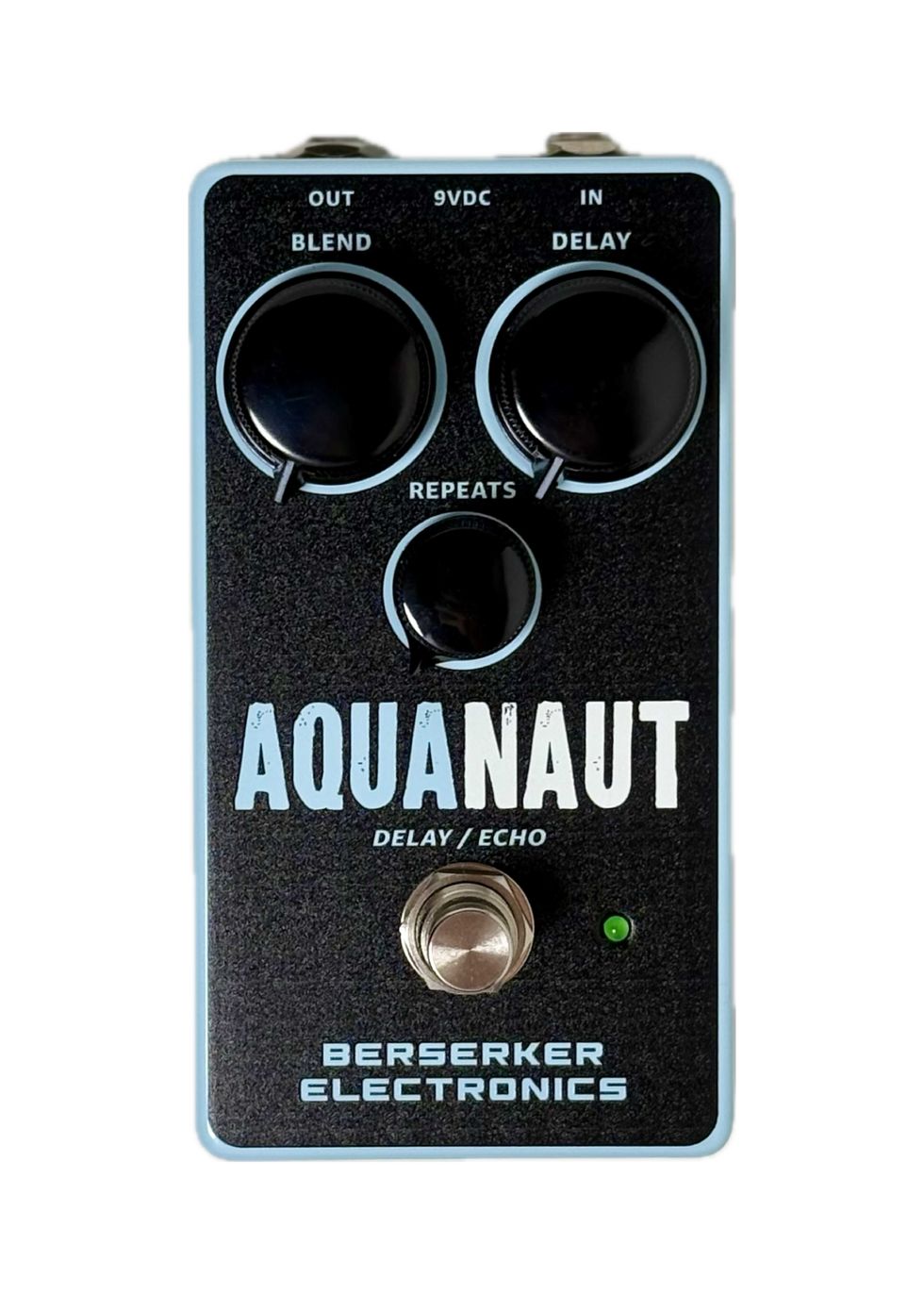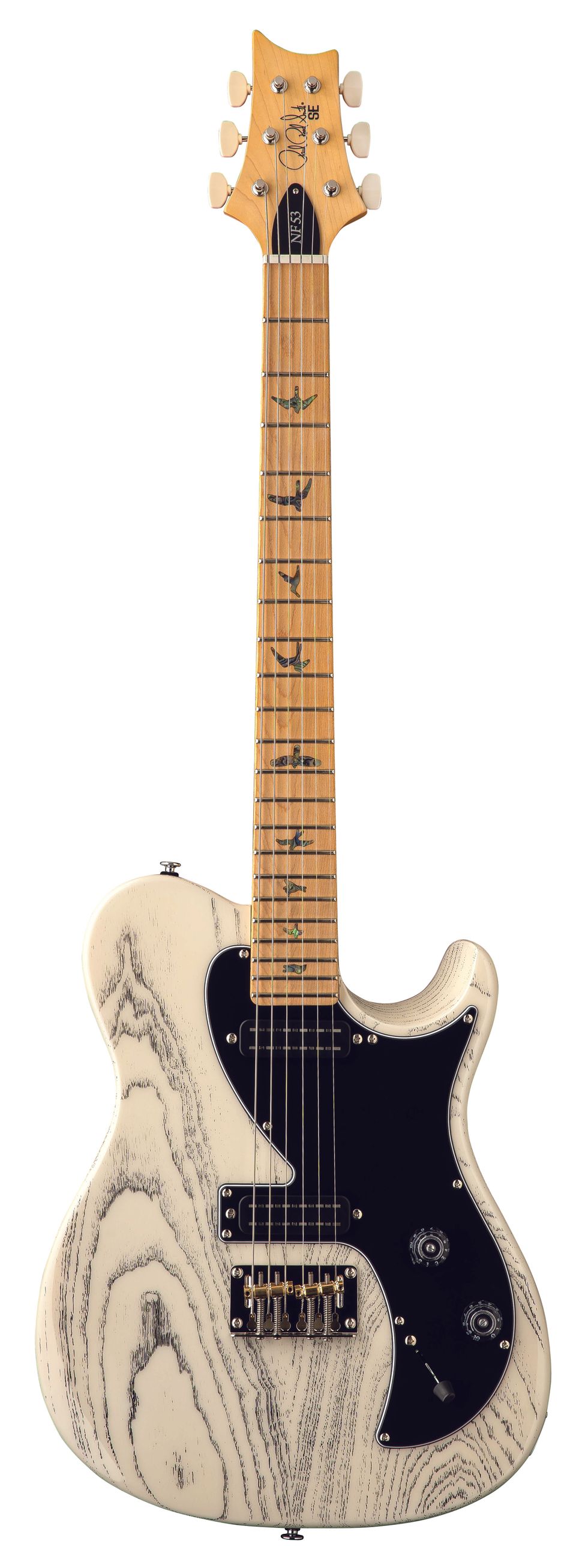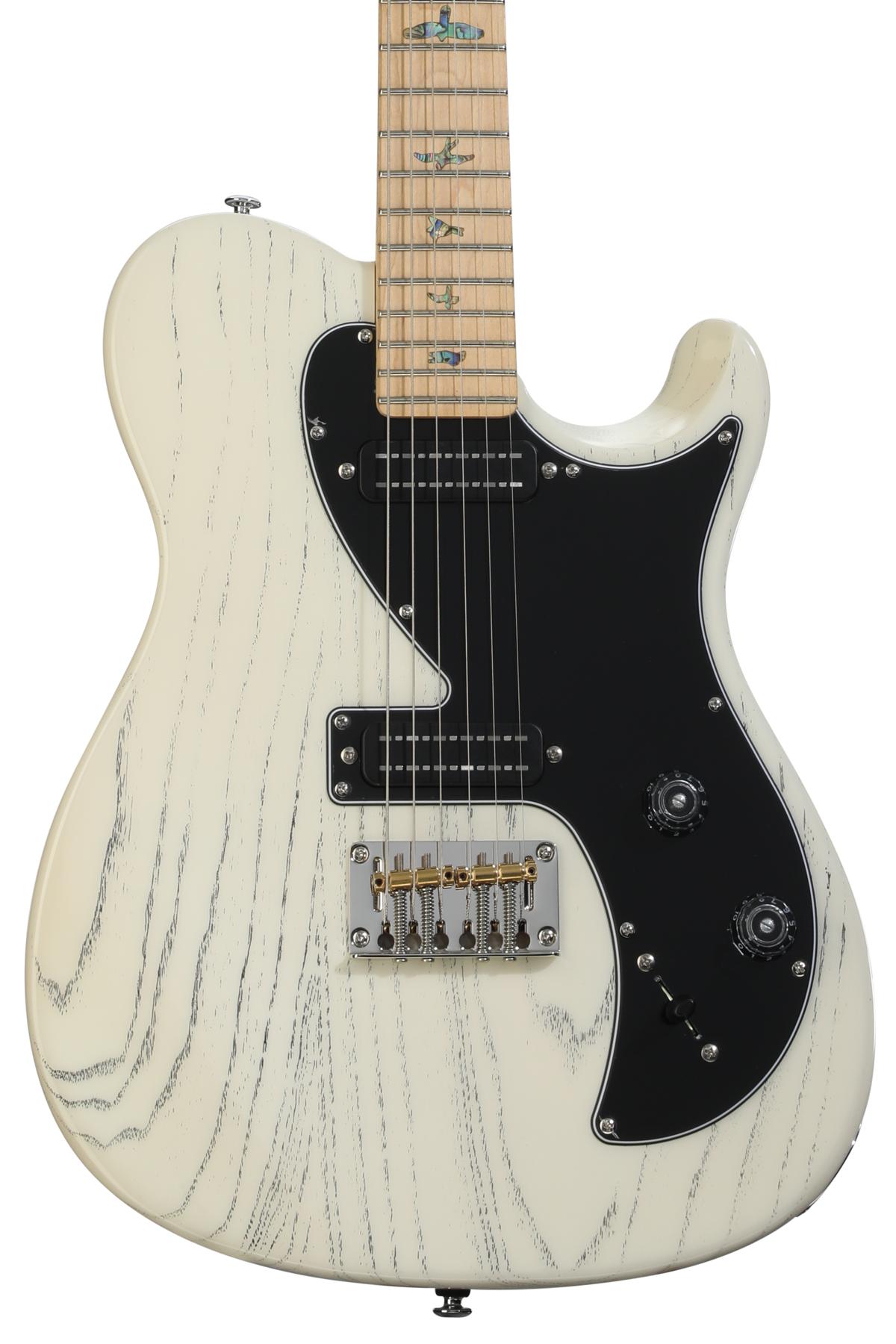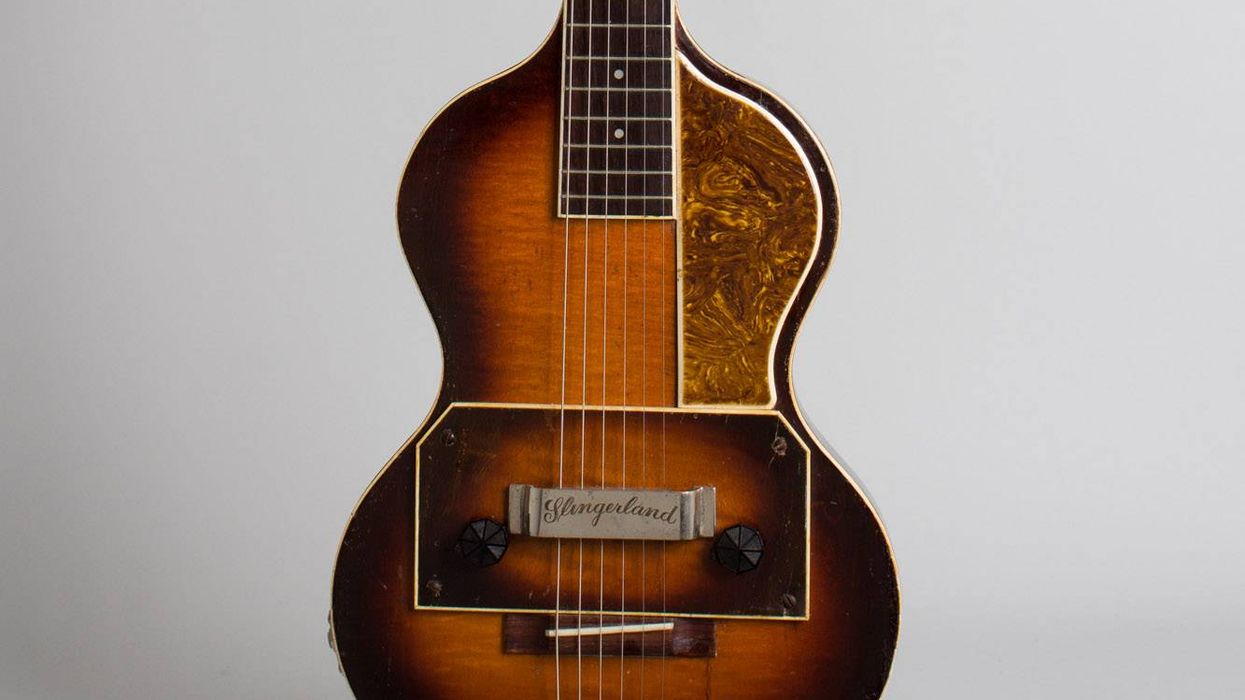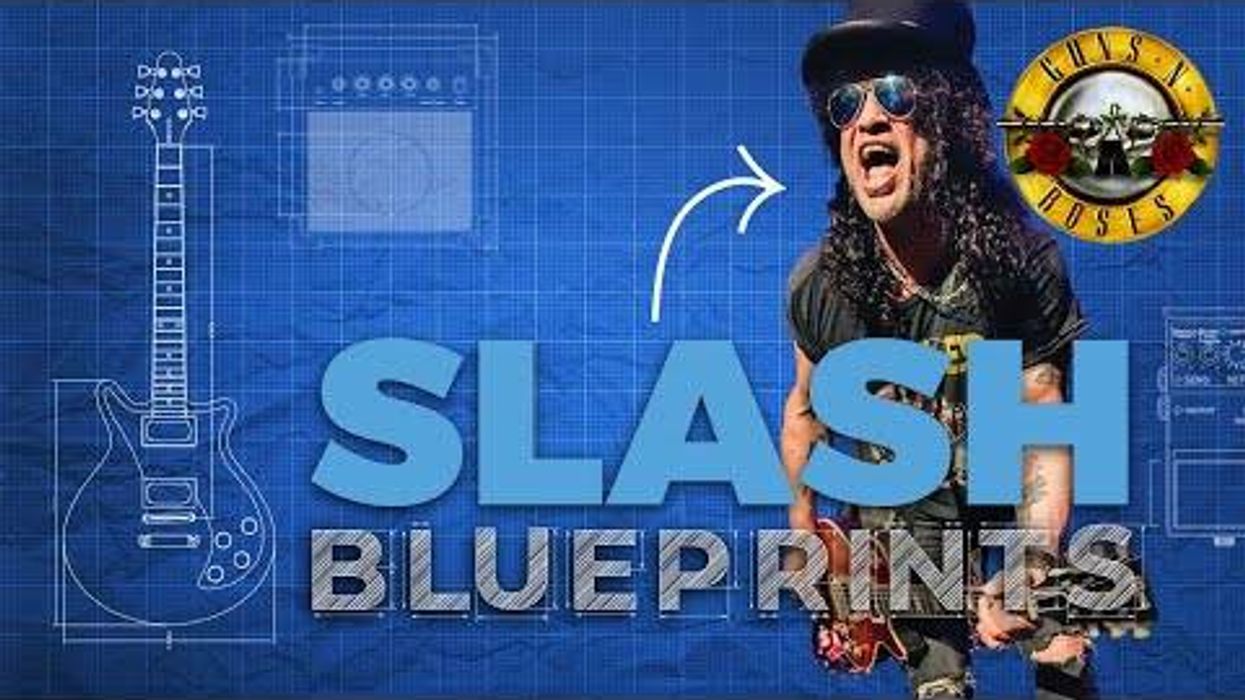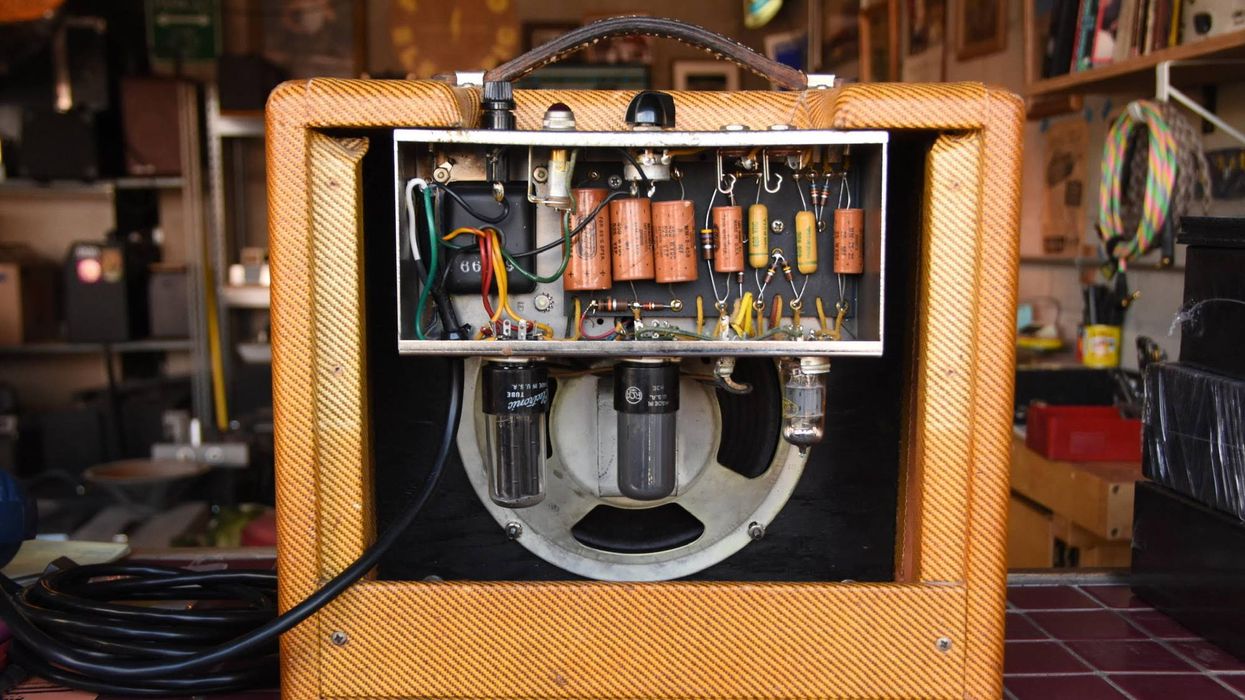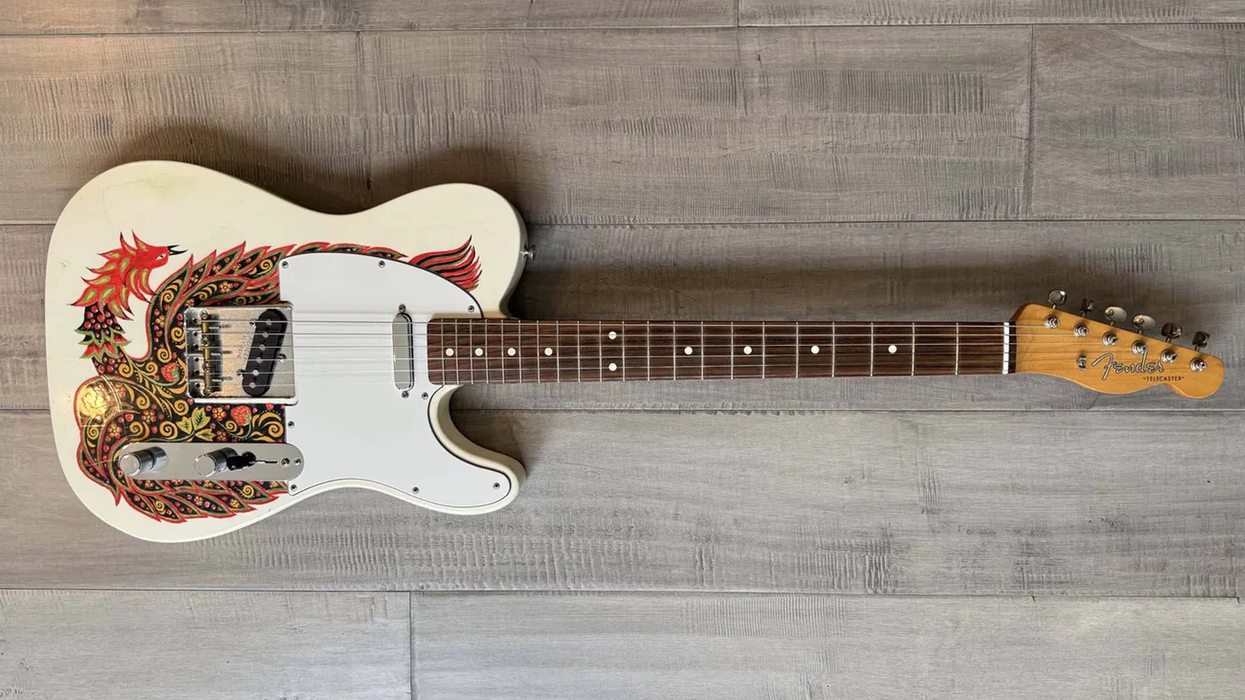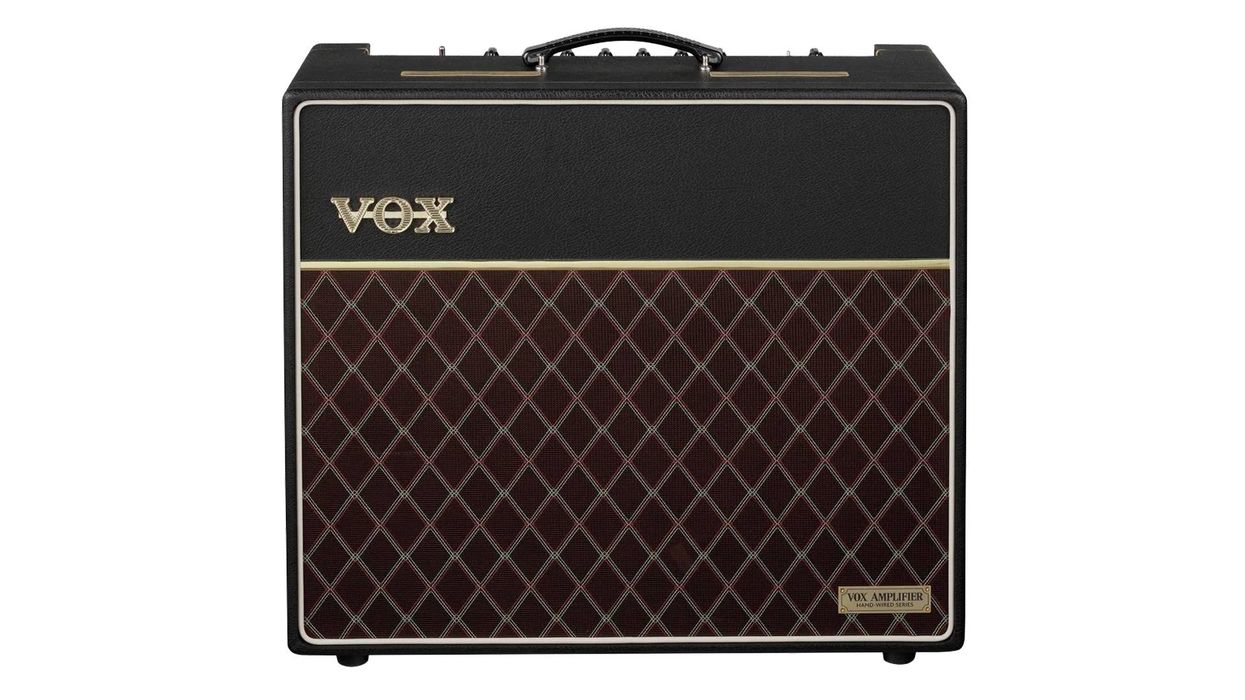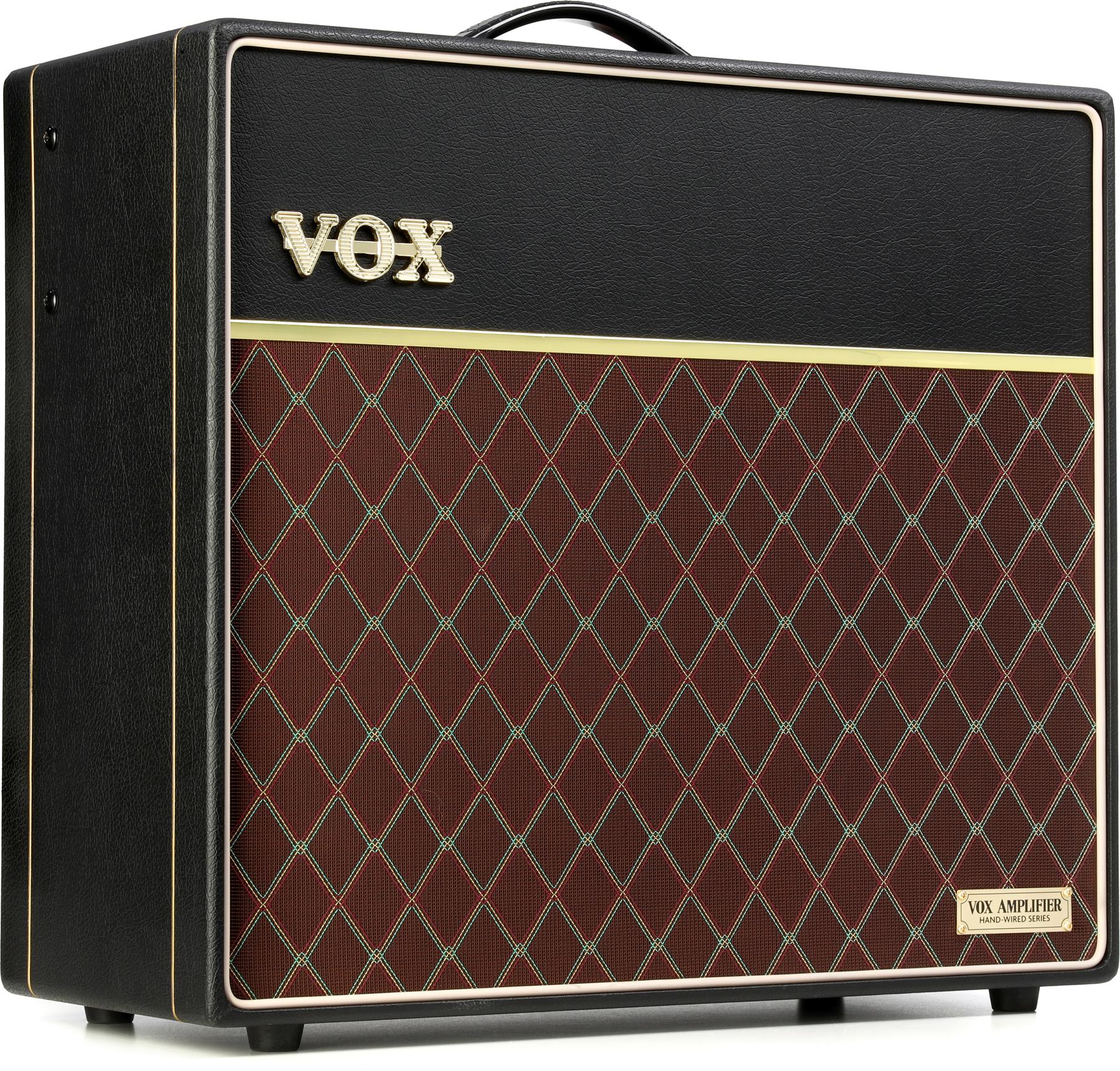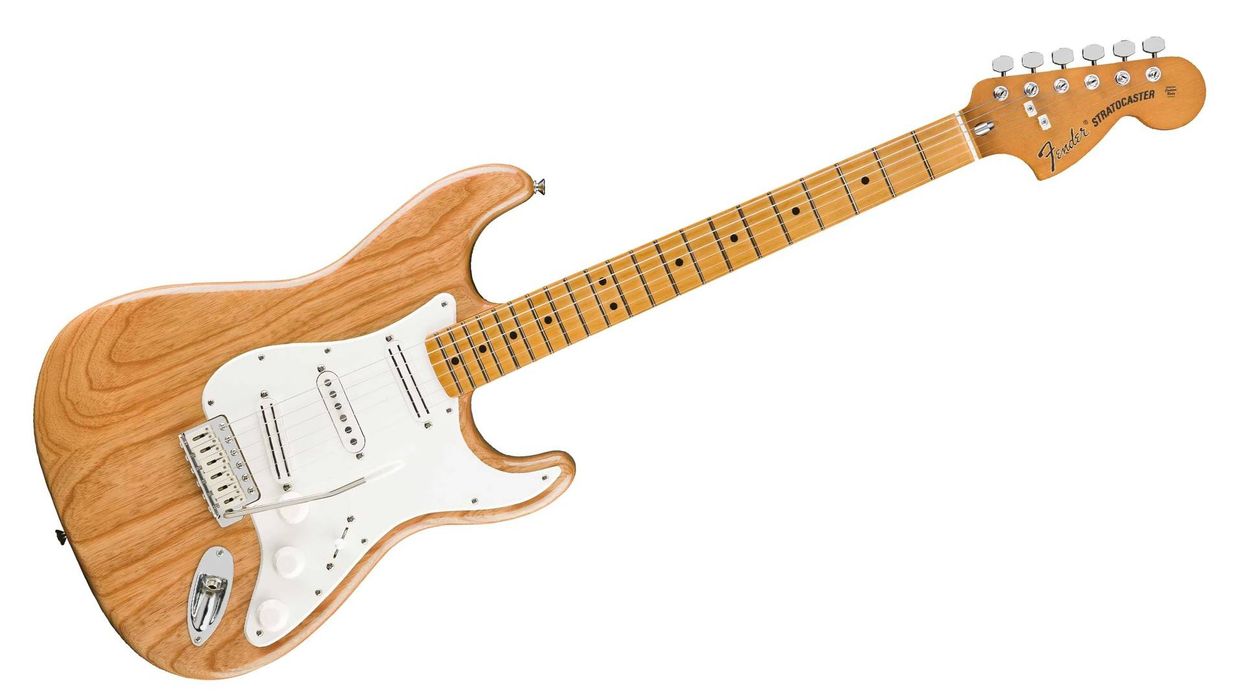The Old Blood Dark Star Stereo (DSS) is one of those pedals that lives beyond simple effect categorization. Yes, it’s a digital reverb. But like other Old Blood designs, it’s such a feature-rich, creative take on that effect that to think of it as a reverb feels not only imprecise but unfair.
The Old Blood Dark Star Stereo (DSS) is one of those pedals that lives beyond simple effect categorization. Yes, it’s a digital reverb. But like other Old Blood designs, it’s such a feature-rich, creative take on that effect that to think of it as a reverb feels not only imprecise but unfair.
In this case, reverb describes how the DSS works more than how it sounds. I’ve come to think of this pedal as a reverb-based synthesizer, where reverb is the jumping-off point for sonic creation. As such, the sounds coming out of the Dark Star can be used as subtle sweetener or sound design textures, opening up worlds that might otherwise be unreachable.
Reverb and Beyond
Functionally speaking, the DSS starts with reverb and applies a high-/low-pass filter, two pitch shifters, each with a two-octave range in each direction, plus bit-crushing and distortion. Controls for lag (pre-delay), multiply (feedback), and decay follow, with mini knobs for volume, mix, and spread. Additional control features include presets, MIDI functionality, plus expression and aux control.
The DSS can be routed in mono, stereo, or mono-in/stereo-out. Both jacks are single TRS, and it’s easy to switch between settings by holding down the bypass switch and selecting via the preset button.
Although it sounds great in mono, stereo is where this iteration of the Dark Star—which follows the mono Dark Star and Dark Star V2—really comes alive. Starting with the filter, both pitch shifters, and crush knobs at noon—all have center detents—affords the most neutral settings. The result is a pad reverb, as synthetic as but less sparkly than a shimmer. The filter control is a fine way to distinguish clean and effect signals. In low-pass mode, the effect signal can easily get dark and spooky while maintaining fidelity and without getting murky. On the other end, high-pass settings are handy for refining those reverb pads and keeping them from washing out the clarity of the clean signal.
Lower fidelity is close at hand when you want it. The crush control, when turned counterclockwise, reduces the bit rate of the effect signal, evoking all kinds of digitally compromised sounds, from early samplers to cell phones, depending on how you flavor it. Counterclockwise applies distortion to the reverb signal. There’s a lot to explore within the wide ranges of the two pitch controls, too. With a four-octave range, quantized in half steps, the combinations can be extreme, and Dark Star takes on a life of its own.
Formless Reflections of Matter
The DSS is easy to get acquainted with, especially for a pedal with so many features, 10 knobs, and two footswitches. I quickly got a feel for the reverb itself at the most neutral filter and pitch settings, where I enjoyed the weight a responsive, textural pad lent to everything I played.
With just the filter and crush controls, there’s plenty to explore. Sitting in the sweet spot between a pair of vintage Fenders, I conjured a Twin Peaks-inspired hazy fog to accompany honeyed diatonic arpeggios, slowly filtering and crushing that sound into a dark, evil low-end whir as chords leaned toward dissonance. Eventually, I cranked the high-pass filter, producing an early MP3-in-a-good-way “shhh” that was fine accompaniment to sparser voicings along my fretboard. It was a true sonic journeyThe pitch controls increase possibilities for both ambience and dissonance. Simple tweaks push the boundaries of possibility in exponentially deeper directions. For more subtle thickening and accompaniment sounds, adding octaves, which are easy to tune by ear, offers precise tone sculpting, dimension, and a wider frequency range. Hearing simple harmonic ideas plucked against celeste- and organ-like reverberations kept me in the Harold Budd and Brian Eno space for long enough to consider new recording projects.
There is as much fun to be had at the highest feedback settings on the DSS. Be forewarned: Spend too much time there and you might need a name for your new ambient band. Cranking the multiply and decay knobs, I’d drop in a few notes, or maybe just a chord, and get to work scanning the pitch knobs and sculpting with the filter. Soon, I conjured bold Ligeti-inspired orchestral sounds fit for a guitar remix of 2001: A Space Odyssey.
The Verdict
The Dark Star Stereo strikes a nice balance between deep control, a wide range of sonic rewards, playability, and an always-sounds-great vibe. The controls are easy to use, so it doesn’t take long to get in the zone, and once you do, there’s plenty to explore. Throughout my time with the DSS, I was impressed with its high-fidelity clarity. I attribute that to the filter, which allows clean and reverb signals to perform dry/wet balance and EQ functions. That alone encouraged more adventurous and creative exploration. Though not every player needs this kind of tone tool, the DSS is a must-check-out effect for anyone serious about wild reverb adventures, and it’s simple and intuitive enough to be a good fit for anyone just starting exploration of those zones. However you come to the Dark Star, it’s a unique-sounding pedal that deserves attention. PG

